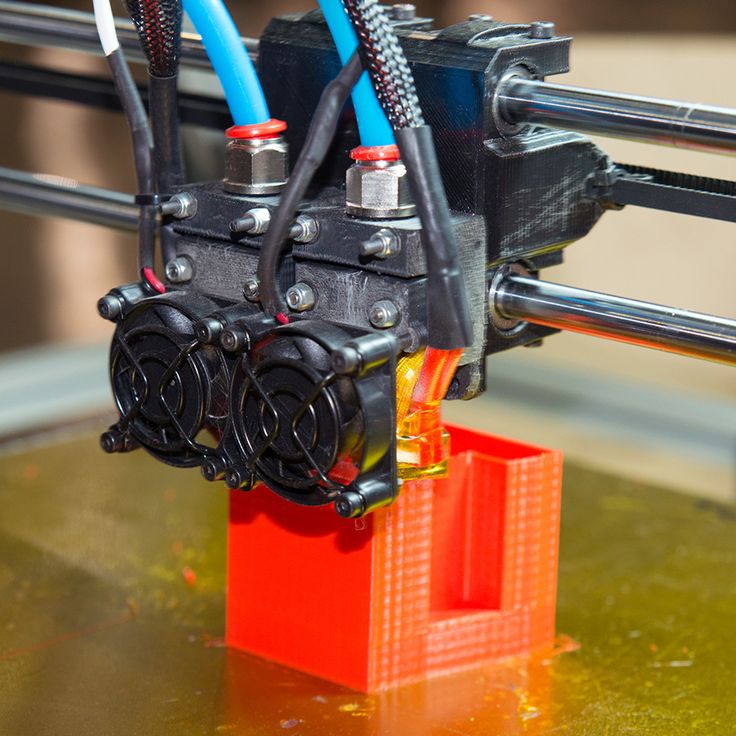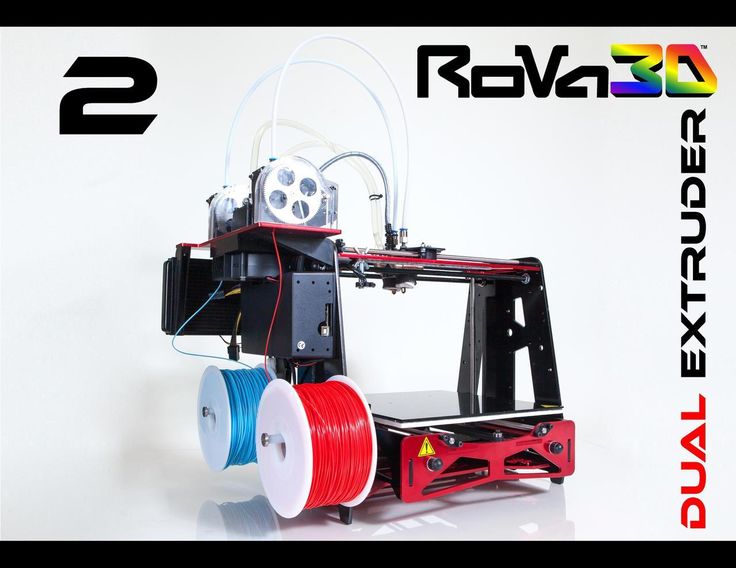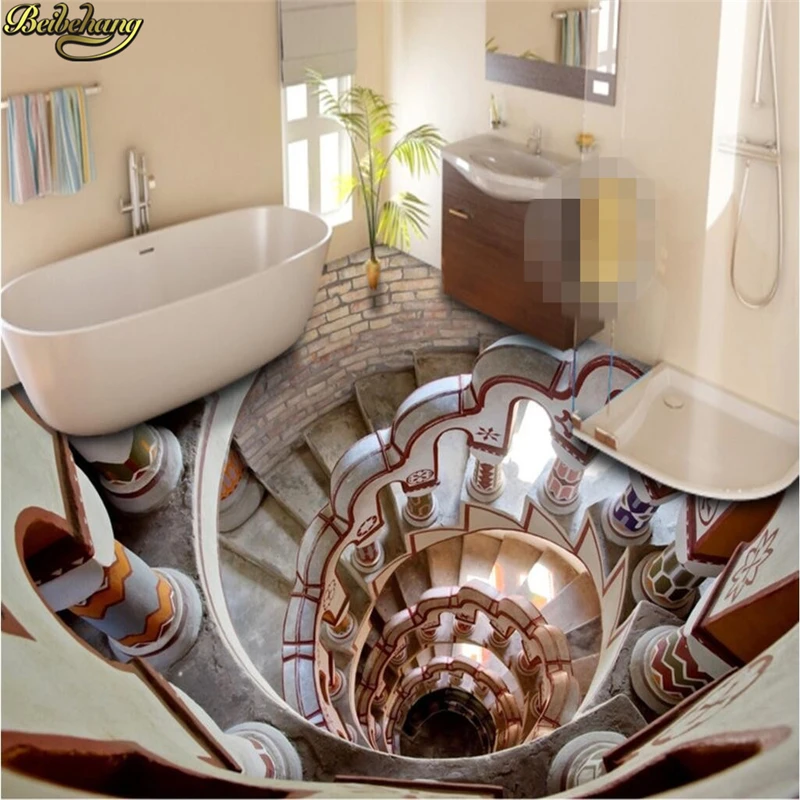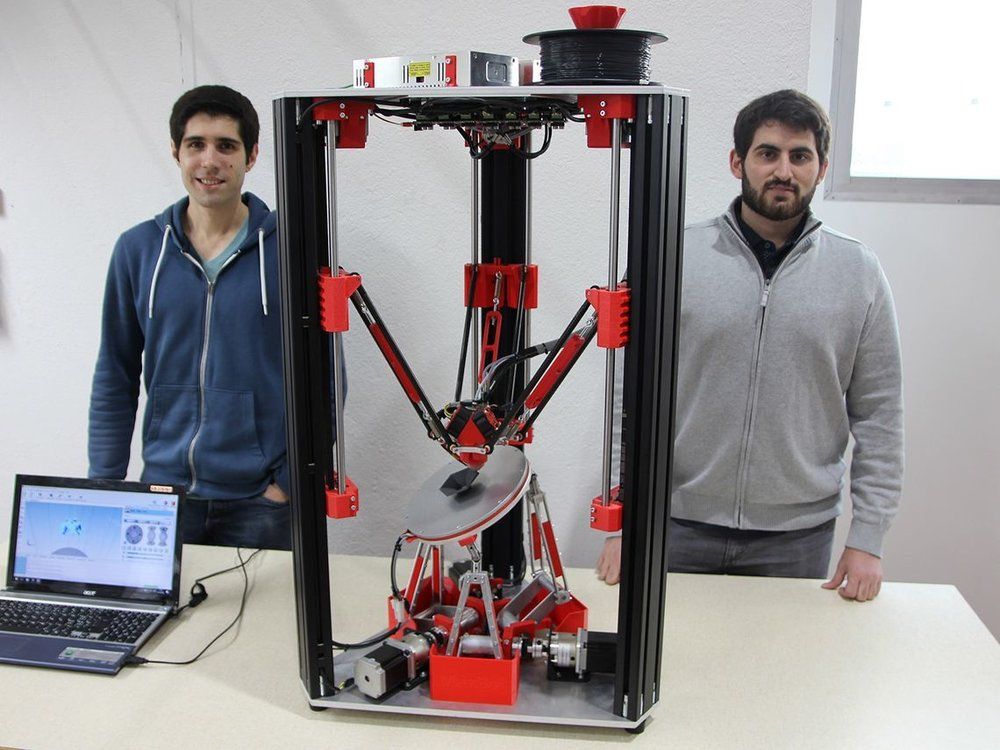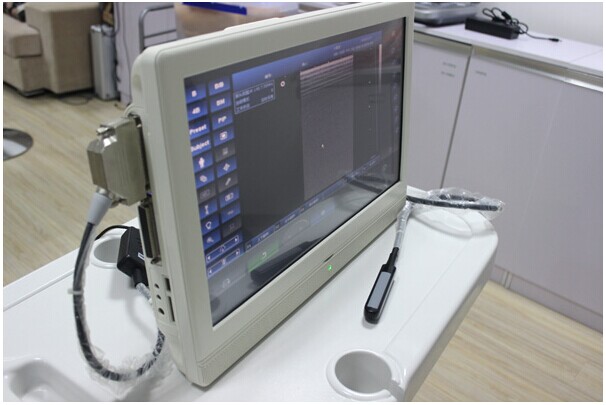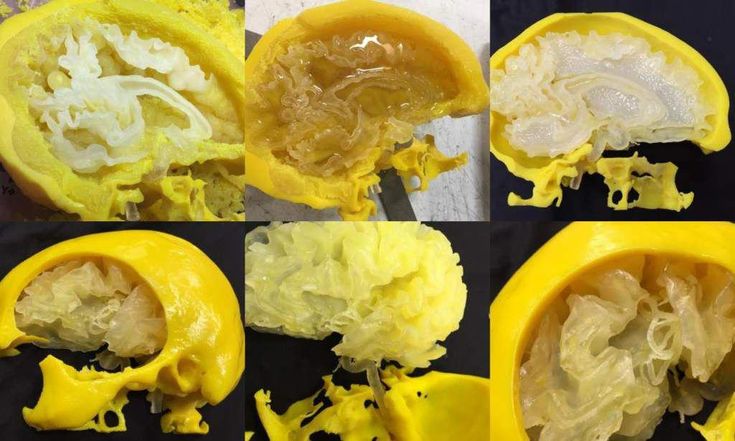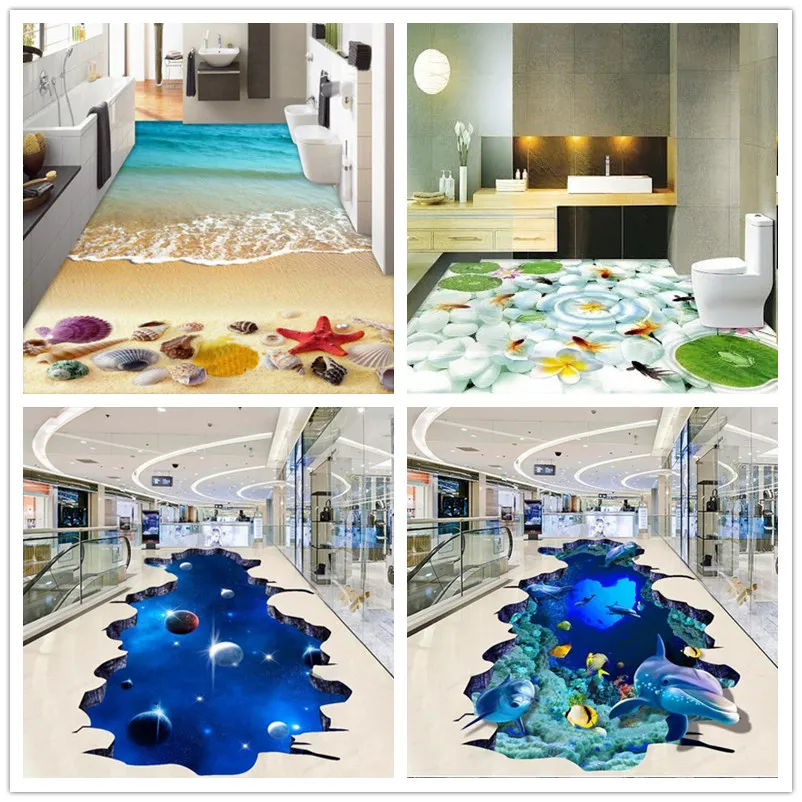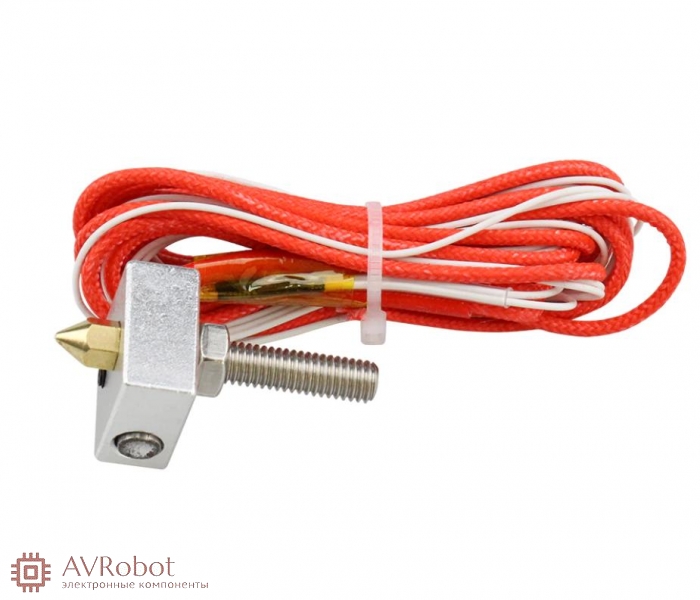Possibilities of 3d printing
25 (Unexpected) 3D Printing Use Cases
For years, hype around 3D printing captured audiences in the mainstream press. With visions of a future including a 3D printer in every home, these predictions were light on details and ultimately most did not come to fruition. However, the possibilities of 3D printing were undeniable, despite the youth of the technology and the relatively low number of use cases that were viable in the past.
The initial hype masked legitimate and growing business applications for 3D printing. With a proliferation of high-performance desktop and benchtop machines being introduced into the market, we are now seeing a broader variety of businesses expanding their product offerings and delivering better results to customers.
What can you do with a 3D printer? Read on to discover 25 (often unexpected) 3D printing use cases that show the broad scope of possible applications for the technology.
Report
A new industry report that compares how recent and early adopters are using 3D printing for their business, and explores future trends of the technology.
3D printing can add enormous value to supply chains, unlocking a broad spectrum of production applications. The technology is growing more workable and affordable, with companies able to bring additive manufacturing in-house to support processes on the factory floor. New, resilient 3D printing materials are opening opportunities for the production of high precision, functional 3D prints that can stand in for final parts, offering customization opportunities that help designers radically push the boundaries of high-performance cars. Industrial design studio Vital Auto has put all of this technology to work creating high-fidelity prototypes and concept cars, rapidly working through iterations using a variety of advanced tools, including a large fleet of in-house 3D printers.
“We've used 3D printing from day one. We wanted to introduce it to our manufacturing processes, not only to reduce costs, but to give the customer more diversity with their designs and their ideas,” said Design Engineer Anthony Barnicott.
The automotive industry has seen the value additive manufacturing can add to multiple touch points in the creation of automobiles. This means going well beyond rapid prototyping to include:
- Creating custom, complex, and high-performance parts
- Producing tooling and manufacturing aids
- Manufacturing replacement parts and spare parts on demand
- Cutting costs and lead times by up to 90% compared to outsourcing
See How Concept Cars Are Created
Recent advancements in 3D printing technology have started to fundamentally change the audio industry, meaning that digital printing of custom fit ear devices for the audiology, noise protection, and consumer audiology industries has never been so affordable. In recent years, 3D printing manufacturers have brought skin-safe biocompatible materials to market, allowing for in-house production of ear models and headphone tips.
Custom fit offers a unique individual listening experience built around the earphone fitting exactly in the customers ear.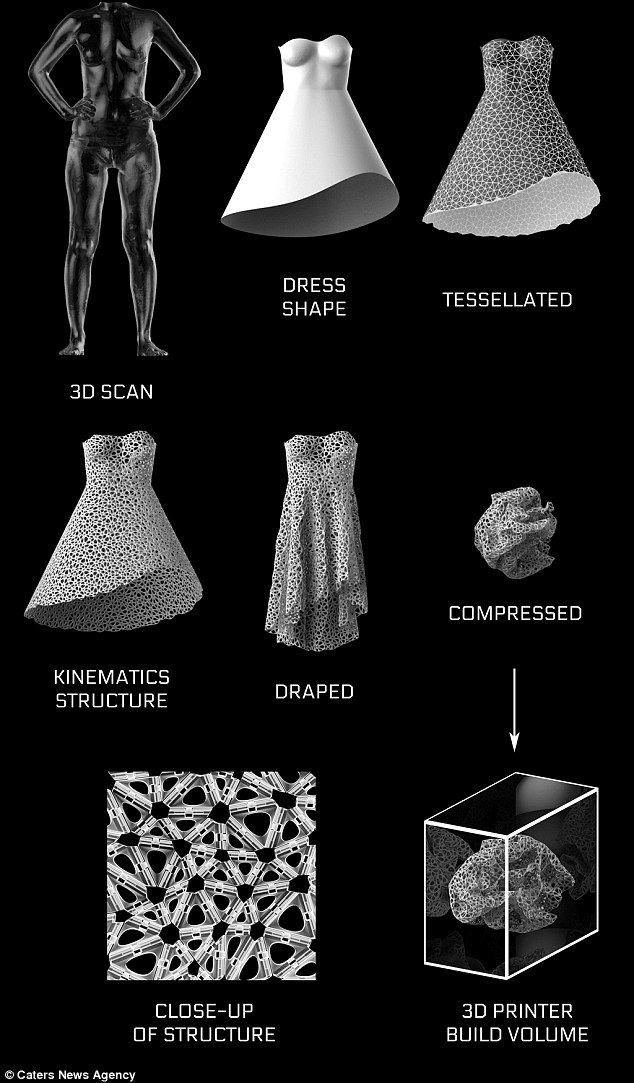 This gives a secure fit that removes any possibility of earphones falling out of the ear, in addition to improved comfort and noise isolation.
This gives a secure fit that removes any possibility of earphones falling out of the ear, in addition to improved comfort and noise isolation.
“We are very excited about the concept of custom fit to deliver a custom experience to further enhance immersive listening. Formlabs shares Sennheiser’s drive for innovation – and improving the customer experience through this prototype is a testament to that mindset.”
Sennheiser Director AMBEO Immersive Audio, Veronique Larcher
The challenges that come with customized manufacturing can be overcome through the combination of Formlabs' disruptive printing technology and mobile scanning coupled with machine learning. This means customers can have easy access to custom fit earphones, with lead times reduced from four days to next day delivery or even same day.
Learn More About 3D Printing in Audiology
restor3D tools being printed, along side their final form.
Ten years ago, few people were talking about the huge impact 3D printing would have on the medical industry, from helping create advanced medical devices to patient-specific surgical guides.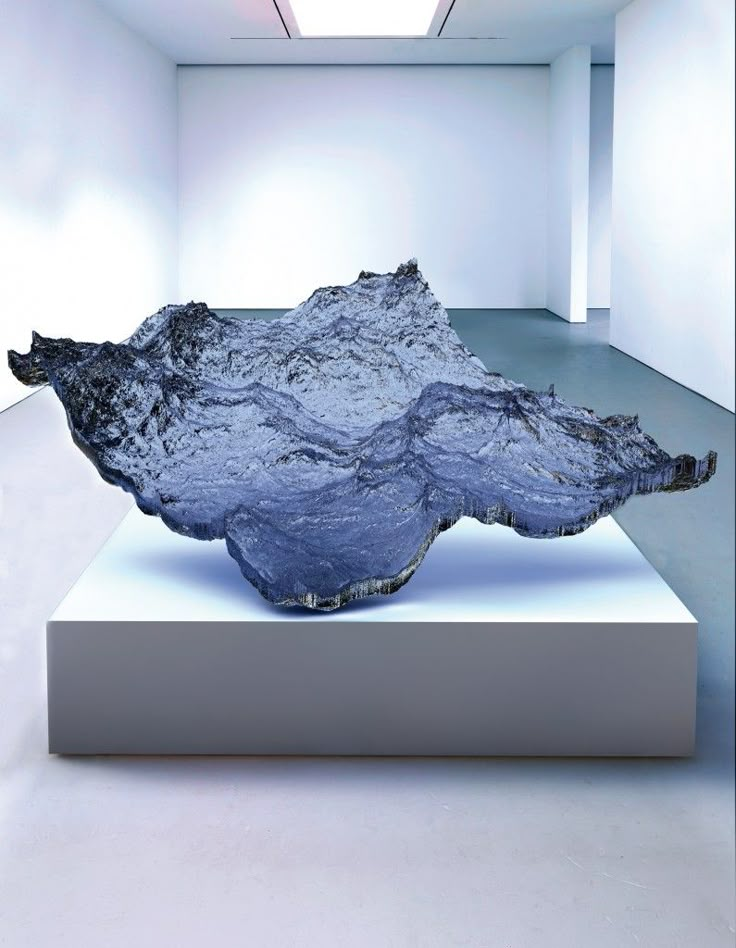 One company no one saw coming was restor3d, who leverages 3D printing capabilities to drastically improve surgical care by printing procedure-specific polymer instrumentation tailored to cervical spine implants.
One company no one saw coming was restor3d, who leverages 3D printing capabilities to drastically improve surgical care by printing procedure-specific polymer instrumentation tailored to cervical spine implants.
With a fleet of over 25 Formlabs 3D printers in its production line, restor3D is already printing the next generation of surgical tools. For surgeons using these tools, this procedure-specific, single packed sterile instrumentation system results in:
- Replacement of large, expensive surgical trays.
- Ability to iterate designs and quickly introduce new tools or features based on surgeon preferences.
- Dramatic reduction of supply chain and sterilization costs for hospitals.
Read How restor3d Is Creating Next Generation Tools
As much as 3D printing technology has developed in the past few years, there are even more high-impact, use cases currently in development. 3D printed organs is one of them.
Being able to easily create new organs has for decades been a dream for scientists working in regenerative medicine.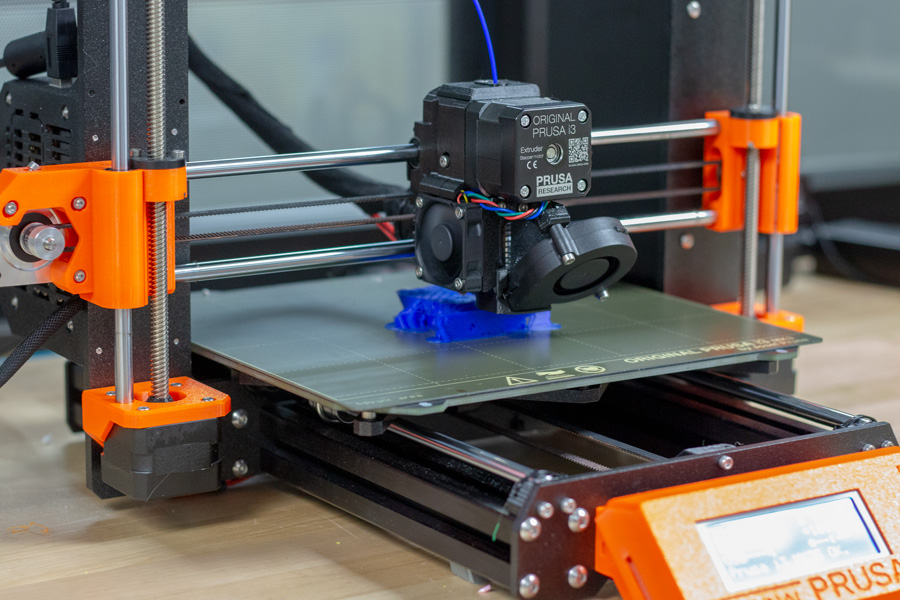 While it remains in its early stages, the use of the 3D workflow to produce organic tissue eligible for transplant is bearing early fruit.
While it remains in its early stages, the use of the 3D workflow to produce organic tissue eligible for transplant is bearing early fruit.
Dr. Sam Pashneh-Tala from the University of Sheffield is leading the way. His research uses high-precision desktop stereolithography (SLA) 3D printing to enable the production of tissue-engineered blood vessels with a variety of geometries. This will allow for patient-specific vascular graft designs, improved surgical options, and provides a unique testing platform for new vascular medical devices for those suffering from cardiovascular disease—which is currently the number one cause of death worldwide.
“My differentiator is that I’m able to create blood vessels with geometries that are more closely matched to those found in the body. This offers the potential for improved surgical options and even patient-matched blood vessel designs. Without access to high-precision, affordable 3D printing, creating these shapes would not be possible, ” said Dr. Pashneh-Tal.
Pashneh-Tal.
Read About Tissue Engineering
The reconstruction of the three cities in the two different time periods consisted of over 650 segments, which were printed using Formlabs White Resin, each measuring 12x12cm.
As an industry already based on geometric design, prototyping, and modeling, architecture stands to gain enormously from advances in 3D printing technology.
On top of saving time during model production, the 3D printed models allow architects to anticipate the effects of certain design features with much greater certainty, e.g., by seeing a model produced with a fuller complement of materials, an architect can measure aspects such a light flow through the structure with higher precision.
But 3D printing’s use case goes beyond a single model: some firms are recreating entire towns. Institute of Architecture at the Hochschule Mainz - University of Applied Sciences. The result is an extraordinary exhibition that showcases six large-scale models of the cities, in the years 800 and 1250 AD. The models consist of over 650 parts, all of which were created using SLA 3D printing technology.
The models consist of over 650 parts, all of which were created using SLA 3D printing technology.
Learn About the Reconstruction of Medieval German Cities
The 990S TripleCell and the FuelCell Echo Triple.
The sport-footwear industry has long relied on technology to optimize the performance of their products, and with the digital workflow they have more options than ever in customization.
Large brands like New Balance, Adidas, and Nike, having recognized the power of additive manufacture, intend to mass produce custom midsoles made from 3D printed materials. As in other industries, the digital workflow will augment traditional methods of manufacture here—critical, highly-customized components of each product will be entrusted to the 3D printing, and the rest left to traditional means.
Given the unique properties required for footwear, New Balance worked with Formlabs to create a custom printing material which could resist the daily wear and tear faced by an athletic shoe. Shoe materials experience a variety of environments, with the additional need to withstand various levels of pressure thousands of times per day. Designed to create springy, resilient lattice structures, Rebound Resin has a much higher energy return, tear strength, and elongation than any other Formlabs material. Rebound Resin is strong enough to be used in gaskets, seals, and automotive interiors, but light and flexible enough for the sole of a shoe.
Shoe materials experience a variety of environments, with the additional need to withstand various levels of pressure thousands of times per day. Designed to create springy, resilient lattice structures, Rebound Resin has a much higher energy return, tear strength, and elongation than any other Formlabs material. Rebound Resin is strong enough to be used in gaskets, seals, and automotive interiors, but light and flexible enough for the sole of a shoe.
“One of the things that’s really exciting for us is that it provides a very different experience for the runner.”
Katherine Petrecca, General Manager of Footwear at the Innovation Design Studio, New Balance
See the 3D Printed New Balance Shoe
3D printing has already been integrated into the production of Hollywood films and is widely used for practical visual effects and costuming.
Whereas the creation of film's most fantastic creatures once required meticulous handcraft, the increased deadline pressure and time demands of modern moviemaking have made a quicker method of creating practical effects vital.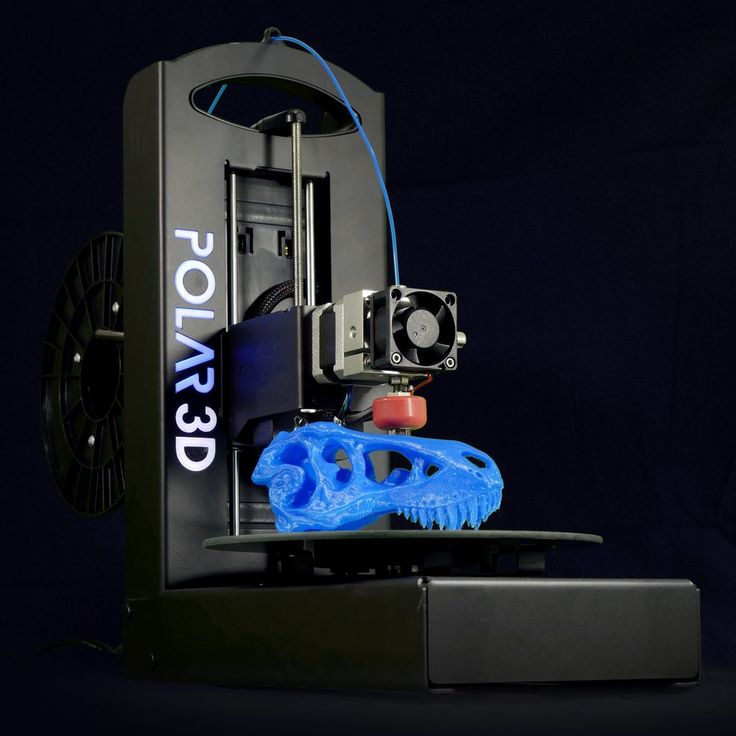 Effects studios like Aaron Sims Creative now use a hybridized approach, practical effect-making enhanced by the digital workflow, to create new opportunities for collaboration and cut lead times on bringing ideas to life.
Effects studios like Aaron Sims Creative now use a hybridized approach, practical effect-making enhanced by the digital workflow, to create new opportunities for collaboration and cut lead times on bringing ideas to life.
“The Demogorgon was one of the first prints that we did using our Formlabs 3D printers, and we were amazed. Before that, we had always outsourced printing. So to be able to grow it in-house, and see a design that we helped create from the very beginning printed right in front of us, was kind of an amazing thing. It was like going back to the days when we used to sculpt with clay,” said Aaron Sims.
Read About How Aaron Sims Creative Builds Their Worlds
3D printing's artistic potential is not limited to physical artwork. It also has the power to bring entirely new dimensions to forms like dance and music. Given the design freedom inherent in 3D printing, even the most complex or unique instruments can be modified or created from scratch, at a fraction of the price of traditionally made instruments.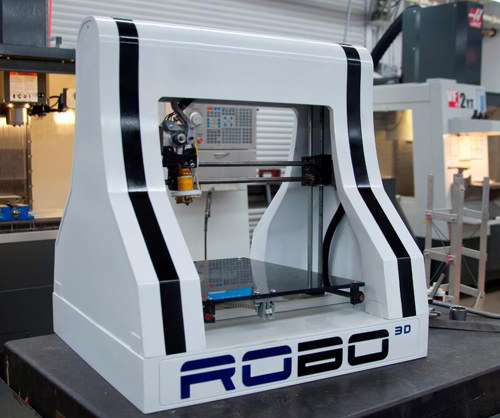
Having been around for centuries and barely changing, the violin’s form is recognizable to all. Violin music has evolved to such a high level that the instrument has attained an almost legendary status in our culture. But Formlabs engineer Brian Chan challenged himself to create a fully-functional acoustic violin, using a 3D printer and Formlabs White Resin.
Get an Inside Look at Design Process
3D scanning, CAD, and 3D printing have been used to restore the works of some of history's most famous artists, returning works by the likes of Michelangelo and da Vinci to their former glory.
Art restoration projects can be enhanced by combining 3D printing and 3D scanning, two powerful technologies that allow builders to take physical objects, turn them into three dimensional shapes, make changes or restorations, and re-print the parts.
Mattia Mercante uses 3D replication to replace lost pieces of sculptures and fine artworks at the world-renowned Opificio institute in Florence, allowing museum visitors to experience the art as the artists intended.
For one 17th-century reliquary, Mercante scanned intricate frame details from elsewhere on the piece using an HP 3D Structured Light Scanner, and then replicated the missing pieces on a Formlabs 3D printer. The prints were painted to appear identical to the original decorations. Best of all, the restoration required minimum CAD modeling, and was fast and affordable compared to hand craft.
Learn More About Art Restoration
3D printing has as much potential utility in reconstruction as it does in production. The work of a forensic artist is often made difficult by incomplete evidence. Digital technologies can be of tremendous use in legal investigations and can augment the abilities of forensic artists to reconstruct accurate models of persons of interest or victims.
The digital workflow here involves turning CT scans into 3D prints to aid in identification. For instance, when investigators find just part of a skull as evidence, a printer can model and replicate the complete sample.
Reconstructions of the appearance of crime victims have already played a key role in attaining justice, proving once again the utility of 3D printing beyond considerations of design and productive efficiency.
Just like 3D printing can be used for preoperative planning, CT scans of crime victims can help detectives get up-close to bones. Digital CT scan and X-ray data of remains can be used to produce 3D-printed replicas of various body parts. Then, the pathologist can determine the full circumstances of a crime, from the number of participants to the nature of the weapon used.
Learn More About Solving Crime
3D printing's impact is not limited to improving workflows or enabling rapid prototyping. It can also change lives directly. With 30 million people worldwide in need of artificial limbs and braces, there is hope that 3D printing can provide new solutions where cost and specification have traditionally been hurdles.
3D printing can provide an affordable alternative that, like many related advances in medicine, can provide therapy that is much more closely tailored to a patient's needs. The affordability and customizability of 3D printing techniques can profoundly alter the quality of life for the better for those suffering from injury or disability, as we saw in this story of a father and son.
The affordability and customizability of 3D printing techniques can profoundly alter the quality of life for the better for those suffering from injury or disability, as we saw in this story of a father and son.
We saw this type of innovation first hand with Matej’s and Mateja’s son Nik, who was suffering from cerebral palsy. Matej set out with a simple goal: to enable Nik to walk. Months of research and development followed, resulting in a custom-made, 3D printed orthosis that provides support and correction exactly where Nik needs them, which finally helped him take his first steps independently. Watch the full video above and read their story.
Beyond prosthetics which return lost function to a user’s body, it is possible to 3D print devices which are, in some ways, even better than the limbs they are replacing. With 3D printing, this is no longer a future possibility about bionetic, robo-cop like body parts, but part of the latest in cutting-edge prosthetic production. Some firms, such as Psyonic, are already delivering advanced prosthetics.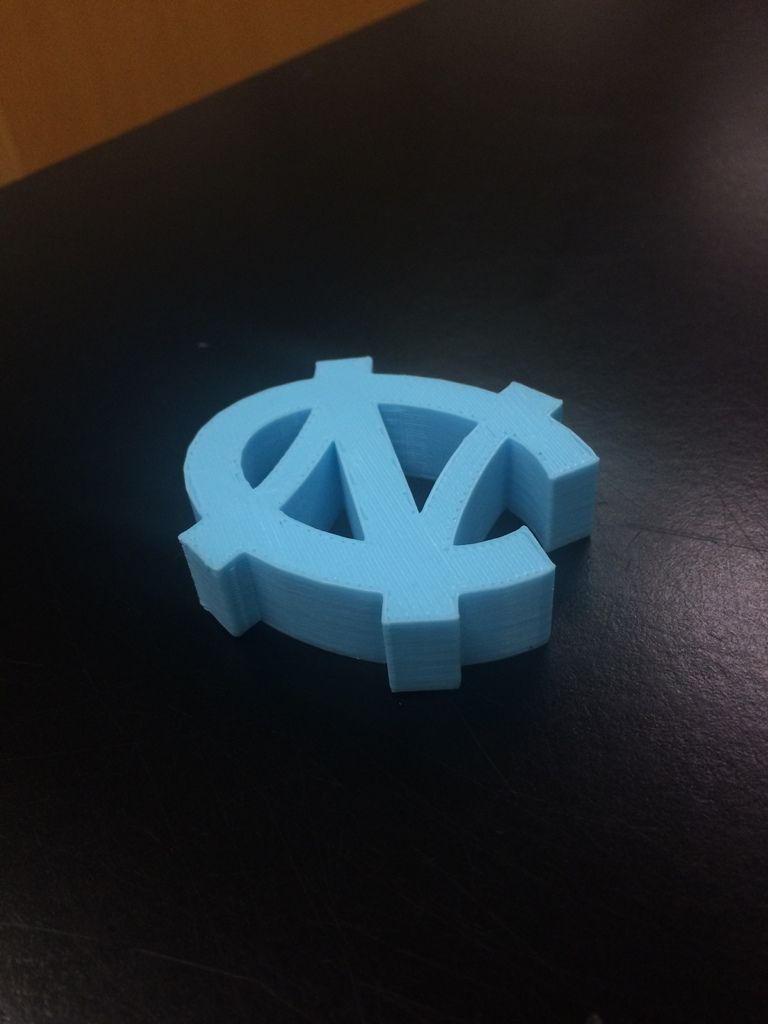
Arm Wrestling With A Bionic Hand
Maybe people think of 3D printing as producing smaller items which you can hold. In recent years, firms have been exploring manufacture-scale additive workflows that can produce much larger functional components. In the last few years, various initiatives have gotten underway to create houses and larger structures that are entirely the product of 3D printing, opening new frontiers in sustainable living and construction.
3D printing technique gives freedom of form to architects, even with previously less malleable building materials like concrete. More broadly speaking, it allows fully sustainable and energy-efficient homes to be built that also meet modern comfort standards. Construction by this means could be entirely waste-free, as well as less expensive and environmentally costly as traditional methods.
While you will not be moving into a 3D printed house on the near horizon, you can experience 3D printed construction projects today. The MX3D Bridge in Amsterdam is currently open to foot traffic. According to dezzen.com, the “structure used 4,500 kilograms of stainless steel, which was 3D-printed by robots in a factory over a period of six months before being craned into position over the canal this year.”
The MX3D Bridge in Amsterdam is currently open to foot traffic. According to dezzen.com, the “structure used 4,500 kilograms of stainless steel, which was 3D-printed by robots in a factory over a period of six months before being craned into position over the canal this year.”
Source: www.dezeen.com
Read More About the 3D Printed Bridge
With one of the highest barriers-to-entry of any industry in the world, space travel is ripe for 3D printing innovation. Lowering prototyping costs for expensive, space-specific tools and machines will lower costs and allow smaller companies to help innovate in space.
Aerospace startup Relativity has tested the creation of aluminum rocket engines using additive manufacturing. If successful, this application would sharply reduce the costs and practical difficulties of space travel, opening up the field to new business and to a vast potential for growth.
Masten Space Systems is another changemaker for 3D printing in the aerospace industry: founded in 2004, the company specializes in vertical takeoff and vertical landing rocketry.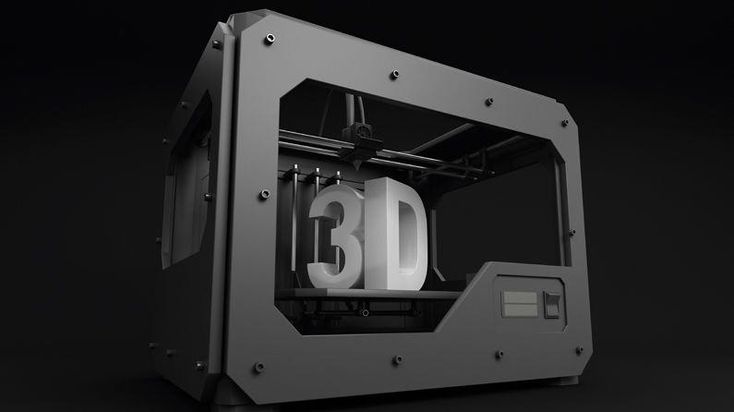 The company is launching a mission to the moon in 2022 as part of the NASA Commercial Lunar Payload Services (CLPS) Project. Using Formlabs 3D printers, Masten produced plastic rocket engines for R&D testing.
The company is launching a mission to the moon in 2022 as part of the NASA Commercial Lunar Payload Services (CLPS) Project. Using Formlabs 3D printers, Masten produced plastic rocket engines for R&D testing.
The company has experience in 3D printing in both plastics and metals--they’ve even helped develop new custom metals for their NASA Tipping Point project. “We really like 3D printed rocket engines because they enable you to do a lot of things that you can't do in a traditional manufacturing process. In our goal to drive down costs and increase our effectiveness, we started looking at how we could use the Stereolithography printers, particularly once Ceramic Resin and High Temp Resin were released. Those have some rather attractive engineering properties for seeing if we could actually use them in a rocket,” Matthew Kuhns, chief engineer at Masten, said.
Formlabs’ High Temp Resin and Rigid 10K Resin are examples of materials with optimal engineering properties for aerospace applications.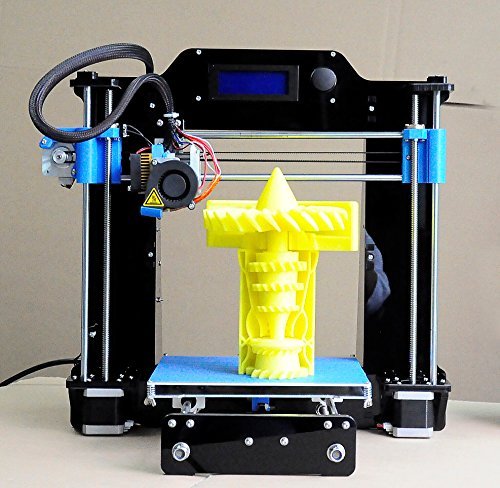 High Temp Resin is designed for functional prototyping in high heat applications while Rigid 10K Resin is the stiffest material in our engineering portfolio, making it suitable for industrial-grade prototypes.
High Temp Resin is designed for functional prototyping in high heat applications while Rigid 10K Resin is the stiffest material in our engineering portfolio, making it suitable for industrial-grade prototypes.
Read More About Masten Space Systems
Origin Labs, within the Innovation Hub, will have a space dedicated to 3D printing for students and the broader community.
Most institutions of higher education are focused on preparing their students for the workforce of the future. The Pennsylvania State University is focused on the current workforce as well and has recently invested millions of dollars into building the Eric J. Barron Innovation Hub, which serves the public as well as the University community.
The Appalachian mountain range in western and central Pennsylvania has historically been the center of the nation’s coal mining industry, and enjoyed a solid and prosperous economy in the first half of the twentieth century because of it. As global and domestic economies shifted away from coal, the Appalachian region suffered, with a higher rate of joblessness and one of the lowest household income rates in the country, as reported by the Appalachian Regional Commission.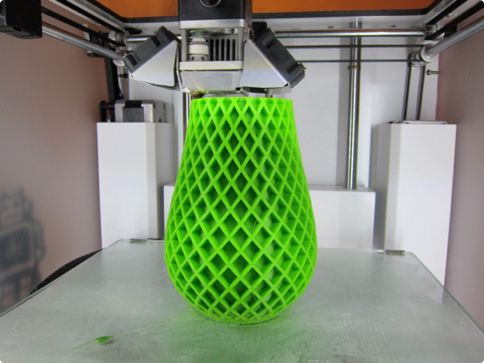
Over the last two decades, leadership at the local and state levels have sought to change that through investments in manufacturing, education, and technology. The Appalachian Regional Commission offers $1 million grants to “support educational opportunities and institutions, especially by connecting skill development and workforce training with local and regional business interests and opportunities.”
As additive manufacturing rapidly expands in a wide range of businesses (as seen in this blog post!), hiring managers are looking for employees trained in working in digital spaces and fluent in CAD. Universities are looking to address this market lead by creating large and well funded innovation hubs.
See the Investment the Pennsylvania State University is Making
Besides training tomorrow’s workforce in CAD and 3D printing, universities are starting to see the benefits of deploying 3D printers across a wide range of educational disciplines.
At UMass Lowell, that meant modernizing its sculpting and 3D design courses for the 21st century.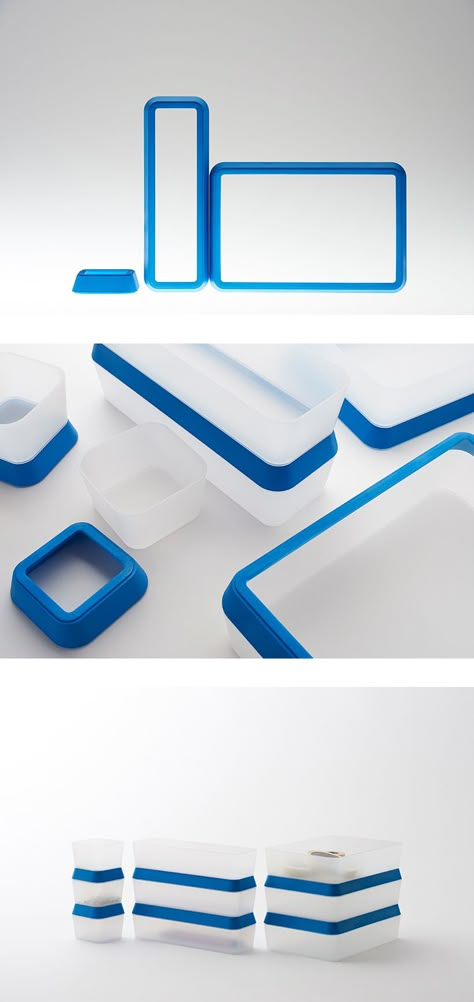 Enter Yuko Oda, who joined the university in 2017 and got started by ordering a multitude of 3D printers, including a Formlabs SLA machine.
Enter Yuko Oda, who joined the university in 2017 and got started by ordering a multitude of 3D printers, including a Formlabs SLA machine.
Yuko is able to take her passion for art and technology into the classroom, currently teaching sculpture, 3D modeling and animation, and interactive media. Most students know that they’re required to understand 3D animation and 3D modeling for future careers in various fields, including sculpture design for cinema. For studio artists, 3D modeling has become an essential skill.
“Students sculpt a 3D model, import it into Zbrush, then print in various resins, including Clear Resin. The ability for Formlabs machines to show intricacies that were modified in Zbrush is unparalleled when compared to other printers in the lab.”
Yuko Oda
One of the most promising new developments in sculpture is the integration of 3D printing and Virtual Reality (VR). This is especially salient for students intimidated by 3D design. VR is rapidly reducing barriers for 3D design, allowing artists and students to create with their hands in programs such as Oculus Medium. Yuko has taught 8th graders how to create a 3D object in 30 minutes in VR, and then print the artwork on a 3D printer. Even for seasoned sculptors, VR reduces the time it takes to go from an idea to a physical object, potentially opening up new areas of experimental art.
VR is rapidly reducing barriers for 3D design, allowing artists and students to create with their hands in programs such as Oculus Medium. Yuko has taught 8th graders how to create a 3D object in 30 minutes in VR, and then print the artwork on a 3D printer. Even for seasoned sculptors, VR reduces the time it takes to go from an idea to a physical object, potentially opening up new areas of experimental art.
Learn How How UMass Lowell Integrates Art and Technology
While caretakers at ZooTampa were performing a routine check-up on a 25-year-old great hornbill, they found a lesion at the base of the bird’s casque, the yellow helmet-like growth on top of the head. Further examination determined that the bird, named Crescent, was suffering from life-threatening cancer.
The cancer, located near the bird's skull, couldn't be removed because it housed part of the bird's sinuses. The team wanted to know if they could remove the casque, and replace it with a 3D printed replica designed specifically for this bird. Patient-specific prosthetics and devices have been used before in human procedures, but never for a great hornbill. Would it be possible, and if so, which materials would be safe for the bird?
Patient-specific prosthetics and devices have been used before in human procedures, but never for a great hornbill. Would it be possible, and if so, which materials would be safe for the bird?
ZooTampa says the successful 3D-printed “replacement beak,” was created using BioMed White Resin. This material is an opaque white material for biocompatible applications requiring long-term skin contact or short-term mucosal contact. Special among Formlabs SLA 3D printing materials, this medical-grade material is validated for short-term tissue, bone, and dentin contact.
3D Printing and Veterinary Medicine
During the COVID-19 pandemic and following supply chain crises of 2021/22, many firms turned to 3D printing to help keep machines online and products rolling off the factory floor. The expanded use of in-house 3D printing to create end-use parts, such as replacement parts for machines, has made additive manufacturing a key tool to address supply chain problems.
Formlabs commissioned the 2022 3D Printing Applications Report to better understand what, if anything, has changed recently among 3D printing users. The report demonstrates the shift in attitudes around 3D printing from an R&D and prototyping tool to an invaluable manufacturing technology needed to meet evolving consumer preferences and overcome supply chain challenges. Whether working to ease supply chain constraints, creating limited run products, or personalizing devices, businesses have been forced to rethink how they produce goods to meet customer demand.
The report demonstrates the shift in attitudes around 3D printing from an R&D and prototyping tool to an invaluable manufacturing technology needed to meet evolving consumer preferences and overcome supply chain challenges. Whether working to ease supply chain constraints, creating limited run products, or personalizing devices, businesses have been forced to rethink how they produce goods to meet customer demand.
End-use parts printed on the Fuse 1.
An IR sensor purge printed on the Fuse 1 in Nylon 12 Powder.
Building 3D printers is always an engineering challenge. Packing industrial-grade performance into an affordable, sleek desktop machine requires years of engineering and design work. This was especially true of Formlabs’ much anticipated selective laser sintering (SLS) 3D printer, the Fuse 1.
One of the tools Formlabs engineers used to prototype parts was the Fuse 1 itself. But the use of 3D printing didn’t stop at prototyping. Today, every single Fuse 1 unit shipped to customers contains multiple production parts printed directly on a Fuse 1 using Nylon 12 Powder.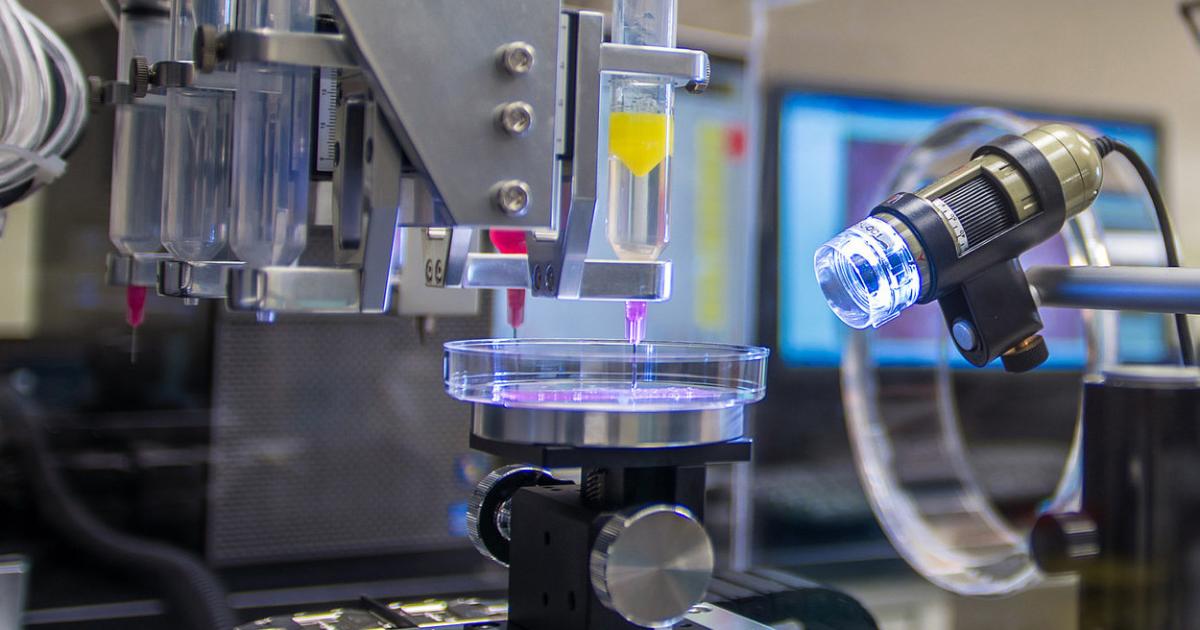
Using the Fuse 1 SLS printer to prototype and create end-use parts offered three main advantages, according to Seth Berg, the engineer program manager overseeing the Fuse 1:
- The design freedom to create complex parts without internal support structures.
- Reducing supply chains by prototyping and creating end-use parts in-house.
- Eliminating outsourcing to achieve an affordable solution for small-batch production with a proven, versatile Nylon 12 material.
To see how the team did this, and which end-use parts on the 3D printer and 3D printers, watch the video below.
In May of 2020, Forbes ran an article titled: How 3D Printing Test Swabs Will Help Fulfill America's Shortage. They noted that the 3D printing industry has come together to tackle the COVID-19 swab shortage head on, with Formlabs, HP, Origin, Carbon, Desktop Metal and more working to ramp up swab production.
The impact of the COVID-19 pandemic required a global, concerted response.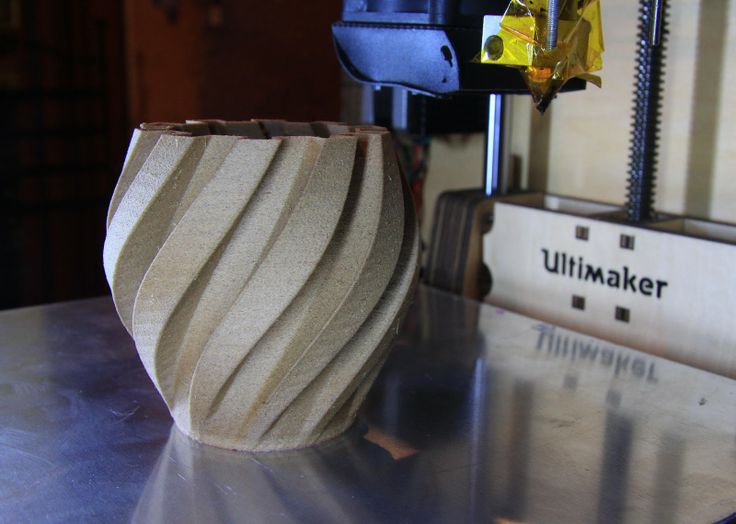 Through collaborating with USF and Northwell, Formlabs enabled a solution that has been deployed worldwide. With the accessible design, affordable equipment, and validated processes, the swab design enabled over forty million COVID tests in twenty five countries. Over the last year, Formlabs 3D printers have continued being used by governments and healthcare providers to improve patient testing and care. This global solution is just one example of how the agility of 3D printing can benefit the public good.
Through collaborating with USF and Northwell, Formlabs enabled a solution that has been deployed worldwide. With the accessible design, affordable equipment, and validated processes, the swab design enabled over forty million COVID tests in twenty five countries. Over the last year, Formlabs 3D printers have continued being used by governments and healthcare providers to improve patient testing and care. This global solution is just one example of how the agility of 3D printing can benefit the public good.
We saw this happen dramatically in Singapore, where Eye-2-Eye Communications ramped swab production to over 30,000 swabs per day to help keep the city safe.
“It has not only been an excellent opportunity to showcase the advantages of 3D printing for rapid design and development but it has also shown Formlabs effectiveness in being able to mass produce products in very short timeframes. Also, as we see spikes in cases across the globe it is reassuring to know we can scale our production relatively easily to meet demand if required,”said Chief Executive Officer of Eye-2-Eye Communications, Miles Podmore.
One controller with buttons printed on the Fuse 1 (left), and another with buttons injected molded (right).
One problem with creating custom aftermarket parts is these orders are typically low volume, and need to evolve in response to product updates by the original manufacturers. But with the rise of in-house 3D printing, custom manufacturing has sprouted in multiple industries.
Battle Beaver Customs is focused on delivering a premier gaming experience through custom gaming controllers. Their modifications make the controllers more responsive and more competitive, allowing players to increase their gaming potential and reach peak performance across a range of games. Rapid prototyping with the Fuse 1 SLS 3D printer allows Battle Beaver Customs to quickly change their mount and button designs. When building custom consumer products, quick turnaround times can pay dividends for businesses looking to stay ahead of their competitors. According to Head of Research and Design at Battle Beaver Customs, Michael Crunelle, the “Fuse 1 has been great for being able to make changes quickly, from concept to end-use part. Our competitors can’t keep up with us."
Our competitors can’t keep up with us."
JetBoatPilot, a marine parts and accessories manufacturer, has built a reputation as an authority in the industry by creating aftermarket products that improve the performance and low speed handling of jet powered boats.
JetBoatPilot utilizes the Form 3 SLA and Fuse 1 selective laser sintering (SLS) 3D printers to prototype and manufacture aftermarket parts. A newly designed and now top performing product, the Lateral Thruster 2.0, was designed and manufactured on the Fuse 1. Equipped with the Fuse 1 and Nylon 12 Powder, JetBoatPilot was able to cut costs by 6x compared to their previous manufacturing methods.“I probably would have made that (aluminum version) retail price somewhere in the $400 dollar range, maybe even $600 dollar range, if I really had pushed it. I wouldn't have sold nearly as many at $600. But now I'm selling it for $199 and the customer is happy as they can be. And I'm twenty times the cost of goods,” says JetBoatPilot founder Will Owens.
With 928 stores spanning across 48 countries, Lush Cosmetics is a retailer known globally for making creative and crowd pleasing products such as Massage Bars, Body Butters, Bath Bombs and more, attributes its success to being able to respond quickly to trends and customer demand.
To bring new, industry defining, highly-detailed cosmetics to life, Lush needed to turn to 3D printing for much more than prototyping new shapes. They’ve invested in a next-generation additive manufacturing center for mold creation, tooling, and end-use parts.
The Lush Cosmetics team vacuum forms using 3D printed molds in-house.
“We use our Formlabs 3D printers for a mix of mold creation, custom tooling, and end-use parts. We’re a reactive business and having this capability in-house means we don’t need to share designs externally as we own everything in the product development process,” said Damien Carter, Innovation Lab Manager at Lush Cosmetics.
See How Lush Cosmetics Operates
3D printing is unleashing new possibilities and business opportunities, such as mass customization.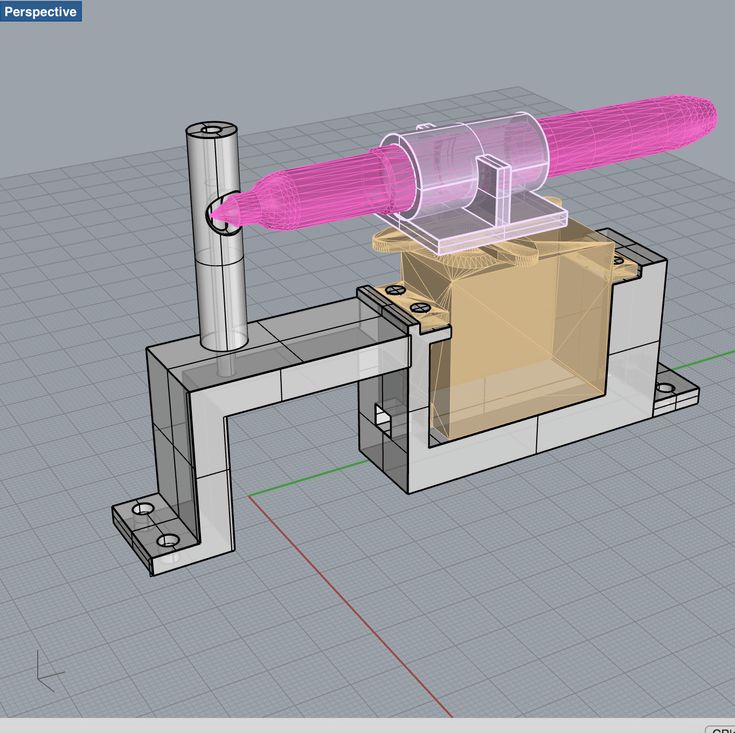 What used to be too complex, prohibitively expensive, or impractical to produce with traditional methods is available at no extra cost with digital technologies, giving full control to designers and opening the door for fully customizable consumer products to become a reality.
What used to be too complex, prohibitively expensive, or impractical to produce with traditional methods is available at no extra cost with digital technologies, giving full control to designers and opening the door for fully customizable consumer products to become a reality.
A good example of this is Gillette’s Razor Maker™, which gives customers the opportunity to customize the handle of their razor by picking various designs, colors, or adding custom text.
“For Gillette, piloting Razor Maker™ represents a crucial step in our customization journey where new technology and new business models must come together in order to deliver products that are as unique as our consumers,” said Donato Diez, global brand manager for Gillette and Razor Maker™
Learn How Gillette Uses 3D Printing to Unlock Consumer Personalization
White Paper
This guide will provide manufacturers with insights into the different approaches to customization, how to choose the most applicable approach, and more.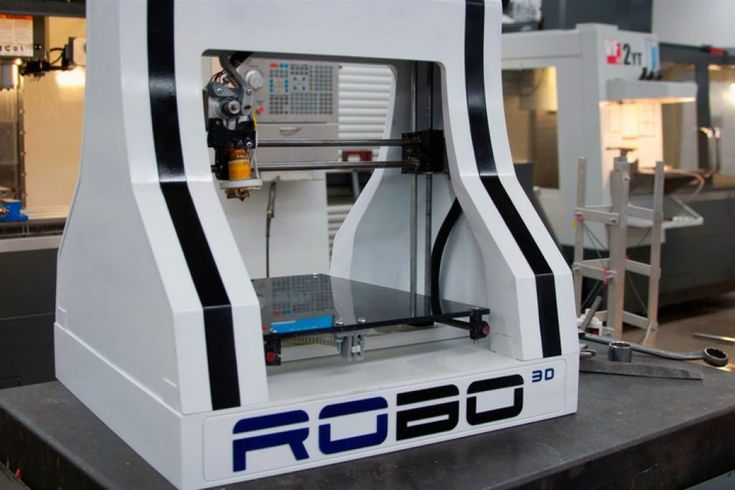
Download the White Paper
Dentistry has also been one of the most prominent drivers of 3D printing investment, desktop 3D printers are an increasingly common sight in dental labs and practices. As a matter of fact, the popular clear aligners, thermoformed on 3D printed molds, are possibly the single most successful use of 3D printing we've seen to date.
Over the past ten years, 3D printing has so advanced in dental that now no new dental labs are opening without using some form of digital dentistry. With materials so good they can 3D print permanent crowns, full dentures, and more.
3D printing technologies thrive in an environment where our unique bodies require custom solutions. As a result, the dental industry is going through a rapid digital transformation with digital workflows bringing increased efficiency, consistently high quality, and lower costs to dental labs and practices.
Five Ways 3D Printing Has Redefined the Dental Industry
Next time you’re out for a night on the town, keep your eyes peeled for our next unexpected 3D printing use-case: 3D printing is coming to custom glasses frames.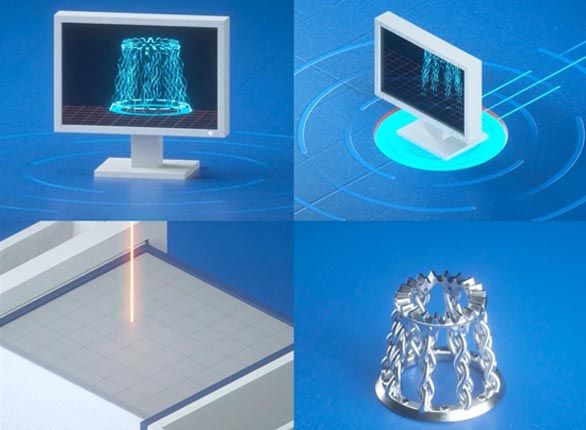
Marcus Marienfeld AG set themselves apart from conventional glass frames, using different and unique production techniques to create their frames. Recently they started integrating selective laser sintering (SLS) 3D printing into the production line for frames in their Swiss workshop for printing end-use parts and rapid tooling for forming titanium.
“You get very inventive and imaginative when you have a 3D printer in-house. I can do things with little effort that I wouldn't otherwise try," said Marcus Marienfeld.
See the 3D Printed Glasses
Visualizing 3D printing-driven changes in the way things are made does not require the feats of imagination it once did. As workflows have developed over the last several years and gained footholds in various industries, we are beginning to see that revolutionary potential demonstrated.
From dentistry and across healthcare to consumer goods, architecture, and manufacturing, the public is interacting more and more with the end products of 3D printing. Making custom parts cost-efficient, cutting lead times and overheads, and empowering customers by bringing them closer to the products they want—we can only expect the influence of 3D printing to continue expanding.
Making custom parts cost-efficient, cutting lead times and overheads, and empowering customers by bringing them closer to the products they want—we can only expect the influence of 3D printing to continue expanding.
Explore Formlabs 3D Printers
10 Predictions on the Future of 3D Printing [Expert Roundup]
21 August 2019
Without a doubt, 2019 is an exciting time for 3D printing. The industry continues to move towards industrialisation, and the technology is increasingly becoming part of the wider manufacturing ecosystem.
But in such a rapidly evolving industry, it can be difficult to keep up with the key trends that are driving the future of 3D printing.
To help you better understand where 3D printing is headed, we’ve sifted through over 30 of our Expert Interviews conducted over the last 12 months and extracted key insights as to what the future holds for this exciting technology.
Contents
1. 3D printing will become a mainstream technology for serial production A 3D-printed stator ring and impeller [Image credit: VELO3D]
“Additive manufacturing is headed for very exciting times because it’s gradually becoming mainstream.”
Andy Kalambi, CEO of Rize
3D printing has long passed the point of being viewed only as a prototyping solution.
Everyday, companies are finding new ways to incorporate the technology into their production, with applications ranging from tooling to spare/replacement parts and some end-use components.
From automotive to consumer goods, companies across industries are becoming aware of the advantages 3D printing offers for production. According to Sculpteo’s 2019 State of 3D Printing report, 51% of companies are actively using 3D printing for production.
There are, of course, the well-publicised cases. For example, large automotive companies like Ford, Volkswagen and BMW are already producing 3D-printed parts for their vehicles. Late last year, BMW announced that it had fitted its one-millionth 3D-printed part for its BMW i8 Roadster.
Late last year, BMW announced that it had fitted its one-millionth 3D-printed part for its BMW i8 Roadster.
While the overall volume of parts being printed in these cases is small relative to mass manufacturing volumes, the number, as well as the range of parts produced with 3D printing, are only set to increase.
The next step for both the technology and the industry will be to maintain this momentum and work towards enabling more applications on a larger scale.
“We’re reaching an inflection point and the number of parts that are actually going into production is increasing. Five years from now, you’ll see a lot of contract manufacturers that have scaled up considerably and have hundreds of these systems on their floor, producing parts with long-term contracts for production.”
Zachary Murphree, VP of Technology Partnerships at VELO3D
A key element that will enable such production volumes is the technology. Over the last few years, new technologies have been brought to market, and a number have already been announced for the years ahead.
Over the last few years, new technologies have been brought to market, and a number have already been announced for the years ahead.
For example, on the metal 3D printing side there is huge potential for newer metal binder jetting technologies to carve out a larger share of the traditional metal manufacturing market. Companies like Desktop Metal, 3DEO, ExOne, HP and GE are all working on next-generation metal binder jetting solutions to achieve this.
With lower hardware and material costs than other metal 3D printing technologies, these metal binder jetting machines have the potential to offer higher-volume part production at a cost-competitive price.
Of course, 3D printing will not replace machining, casting or injection moulding. The true goal for the technology is to become a viable production method that can be used on par with other technologies.
As more effort is being put into ensuring greater repeatability and speed with industrial 3D printing, we’re getting ever-closer to reaching this goal.
“One important trend is the development of design software tools for AM. The next step is for them to become fully and seamlessly integrated into popular CAD software products.”
Terry Wohlers, founder and President of Wohlers Associates
Designing for additive manufacturing is a challenging process, not least because it can be counterintuitive for engineers that have been trained to design for traditional manufacturing.
Further complicating this is Computer-Aided Design (CAD) software, much of which until recently hasn’t been optimised for the design requirements of 3D printing.
“Additive manufacturing can do some incredible things in terms of creating complex geometries, but to expect one person or even a team of people to sit down and create those sorts of geometry would create a real bottleneck if it was all being done using conventional tools.
”
Ian Campbell, Professor at Loughborough University
For example, it can be difficult to use traditional CAD software to design components made with graded materials, create lattice structures or model porosity.
Combining multiple software packages can alleviate this limitation to a degree. However, switching between different software solutions is a highly inefficient process. In an ideal world, engineers and designers would work in a single design environment without the need to move data from one software product to another.
Fortunately, software companies are beginning to develop integrated design solutions for additive manufacturing.
Companies like Autodesk, Dassault Systèmes and PTC are beginning to explore ways to make it as easy as possible for engineers to optimise their designs for additive manufacturing.
Take Autodesk’s Netfabb as an example. Developed to work with 3D printing STL files, Netfabb can analyse and repair files, generate support structures and lattices and run a simulation for a design of a metal 3D-printed part — all in one package.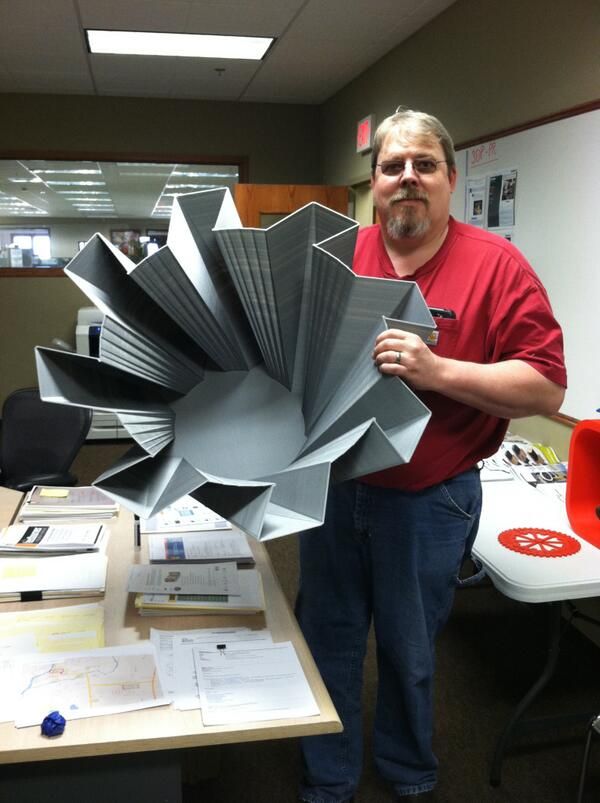
Similarly, PTC is offering its Creo 6.0 software to enable design and print preparation in one environment. At the end of 2018, PTC acquired generative design software company, Frustum. The company is now working to add generative design technology, which is often combined with 3D printing, to its CAD platform.
Ultimately, creating integrated 3D printing software solutions will be a crucial piece to the puzzle of taking the technology into the mainstream.
“We’ll see more software tools that help engineers design parts better for a given process. Software-driven build setups like orientation, pre-deformation will be part of that … These developments will help to reduce the number of iterations needed, especially if the goal is printing for production.”
Greg Paulsen, Director of Application Engineering at Xometry
“In terms of skills, in my opinion, innovation is all about people and technologies.
There’s no point in pushing for advanced technologies without the people to adopt them.”
Revannth Murugesan, Managing Director at Carbon Performance
Much has been said about the need for more education within the 3D printing industry. Our recent State of the Industry Survey revealed a lack of education as being the biggest challenge faced by service bureaus today.
While adopting 3D printing for prototyping is relatively straightforward, establishing 3D printing for production can be challenging. Not only is investment in hardware required, but companies must also commit the time to develop the expertise needed.
Lack of expertise, in particular, can create a lot of barriers to entry. For one, without proper knowledge about additive manufacturing, companies will likely struggle to develop a business case or use case for 3D printing.
“That workforce element is really critical right now. There are not enough engineers, managers, executives who truly understand the technology well enough to work and develop a strategy to get what they need to get out of it.
”
John Barnes, Founder of The Barnes Group Advisors
“The industry is recognising what additive manufacturing can’t do as well as the fact that it can do a lot more than most are using it for today.”
Harold Sears, Technical Leader of Additive Manufacturing Technologies at Ford
That said, awareness about the capabilities of 3D printing is increasing gradually. A lot of effort is being put into educating the market on how to get started with 3D printing and extract the most value out of it.
At the same time, companies are launching both online and on-site courses, organising user tradeshows and workshops and creating educational content to spread the word about 3D printing.
Consultancy firm, the Barnes Group Advisors, for example, launched an online course with Purdue University earlier this year to provide engineers with the ability to attain relevant knowledge in additive manufacturing.
Only when companies learn about the capabilities and limitations of 3D printing, will they be able to use this knowledge to develop successful applications for the technology.
Take Boyce Technologies as an example. The engineering firm purchased a large-scale 3D printer to create prototypes for communications systems like information kiosks and emergency response systems.
However, the company was willing to experiment with 3D printing to understand its true capabilities.
By learning the ins and out of the technology, Boyce discovered that the same 3D printer used for prototyping could also be used to make certain end-use polymer parts. Since then, the technology has become a key part of Boyce’s business and is used for production applications 90% of the time.
Ultimately, as the understanding of AM grows, its users will be able to identify more industrial applications for the technology, pushing the scope of 3D printing to new horizons.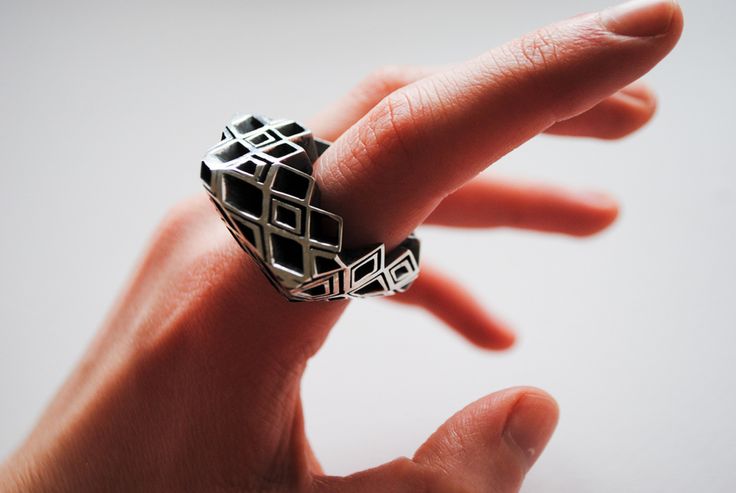
“In dentistry, you could, in theory, have a great case for converting 80% plus of the means of production to an additive technology.”
Scott Dunham, Vice President of Research at SmarTech Analysis
3D printing is already playing a huge role in the dental industry, producing crowns, surgical guides and the majority of dental aligner moulds. But the technology has the potential to become a dominant technology in this sector.
A report by SmarTech Analysis indicates that 3D printer sales within the dental industry will exceed sales of machining hardware by 2025, and the technology will become the leading production method for dental restorations and devices worldwide by 2027.
Driving this paradigm shift is the evolution of resin-based 3D printing technologies like SLA, DLP and material jetting. Resin-based 3D printers can produce custom dental devices with excellent surface quality and fine feature detail at a fast speed. The dental industry can benefit from these capabilities, as dentists can provide services faster and cheaper.
Resin-based 3D printers can produce custom dental devices with excellent surface quality and fine feature detail at a fast speed. The dental industry can benefit from these capabilities, as dentists can provide services faster and cheaper.
“We’re seeing that 3D printing is becoming one of the key tools in areas like dental care and dental restoration. The digital thread there has been largely developed all the way from intraoral scanning to the workflows and the planning — not just in the lab, but also in the dental clinic. So there you can see a market that is ready for mass adoption.”
Avi Reichental, Founder of XponentialWorks
Furthermore, resin 3D printers are becoming increasingly affordable for dental labs, with a price point of roughly $5,000 on average. These printers are also optimised to work with certified dental printing resins, the number of which has significantly grown over the last few years.
EnvisionTec, one of the largest resin 3D printer manufacturers, offers 13 different types of resin materials optimised for dental applications.
Formlabs, another key player in the resin 3D printing market, offers 5 types of resins, some of which can be used to directly produce dental prosthetics. The company is also said to have increased its market share in the dental 3D printing market more than 20-fold over the last two years.
Additive manufacturing has penetrated a significant number of sectors and industries. However, dental appears as the primary market in which digital manufacturing in the form of 3D printing can be embraced to the fullest.
“Part of the machine learning process is to introduce a high level of repeatability and enable the user to more easily predict how performance is going to function.”
Joshua Martin, CEO of Fortify
Making 3D printing more efficient and productive is an ongoing quest within the industry.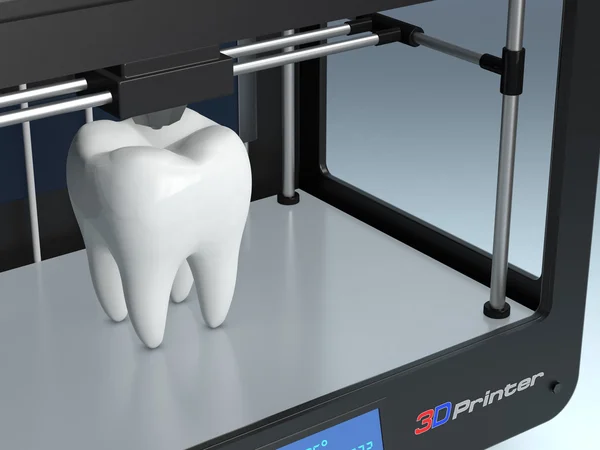 One trend enabling this is the development of smarter systems, powered by sensors and machine learning.
One trend enabling this is the development of smarter systems, powered by sensors and machine learning.
3D printer manufacturers are beginning to fit their systems with sensors to enable in-process monitoring. Sensors and cameras placed inside a 3D printer can be used to measure multiple aspects of a build in real-time, helping to document the build process and ensure requirements are met.
For example, with powder bed metal 3D printing, cameras can capture the size and temperature of the melt pool, which directly impacts the microstructure, material properties, surface finish and overall part performance.
Integrating machine learning algorithms with such sensors can help to make 3D printing a much smarter process. Sensors can gather valuable data which then can be fed to a machine learning system.
The system will analyse the data and then provide feedback on how the process can be improved. It can be used to predict the likelihood of defects or build failure, enabling engineers to intervene the process and prevent any defects early on.
Currently, this concept is still in the early stages, with only a few solutions available on the market. VELO3D, a US-based metal 3D printer manufacturer, has developed a system equipped with sensors which can report back on the status of the build. Similarly, 3D printer manufacturer, EOS, offers the EOSTATE monitoring suite, which can capture quality-relevant data in real-time.
MIT startup, Inkbit, is pairing its multi-material inkjet 3D printer with in-built scanners and a machine learning system. The monitoring system scans each layer of the object, while the machine learning system uses that information to predict the warping behaviour of materials and automatically correct any errors in real-time.
“I think that’s the Holy Grail for AM because with in-process control you’re able to almost immediately react on deficiencies within your process.”
Yves Hagedorn, Managing Director at Aconity3D
In the future, we anticipate that all 3D printers will be integrated with smart technologies like sensors and machine learning.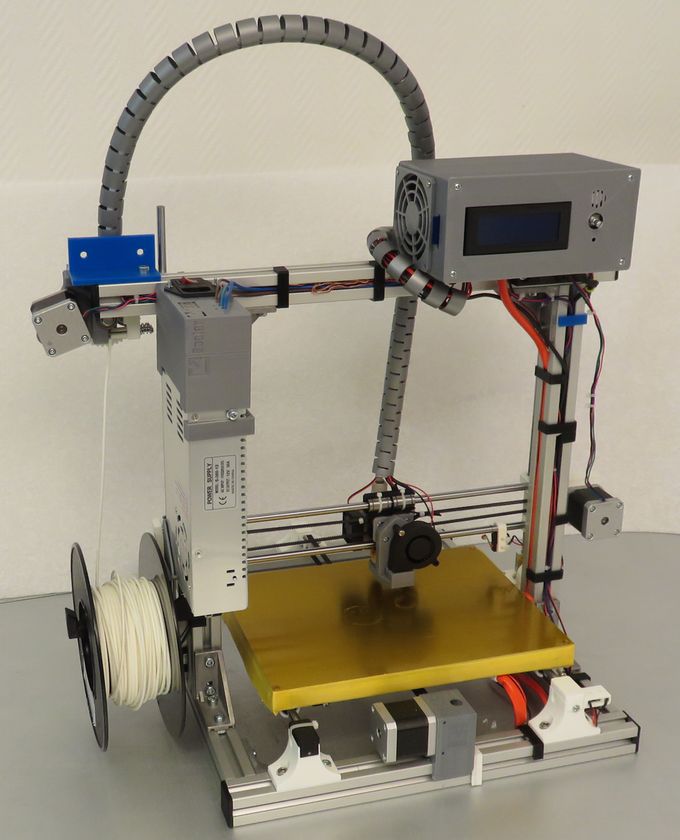 These technologies, combined with 3D printing, will significantly increase process repeatability by reducing the risk of build failures.
These technologies, combined with 3D printing, will significantly increase process repeatability by reducing the risk of build failures.
A more intelligent process will ultimately result in easier quality assurance and open the door for greater productivity with 3D printing on the factory floor.
Service bureaus are a vital segment of the additive manufacturing industry, helping to further the advancement of the technology. Looking to the future, the service bureau segment is poised for continued growth.
This prediction is supported by a number of experts interviewed for our State of the 3D Printing Industry Survey Report and respondents giving a positive outlook for the year ahead.
The growth will largely be driven by the increasing specialisation in certain 3D printing technologies (e.g. metal AM) or industries (e. g. medical).
g. medical).
“The specialists who can cultivate unmatched expertise in a specific area of AM should see a return on that investment in expertise. On the other end, those companies offering an array of printing technologies to make parts for customers, as well as supporting post-processing and design services for each, should also eventually rise to the top.”
Scott Dunham, Vice President of Research at SmarTech Analysis
Service bureaus will create a lot of opportunities for other industry players to expand into.
“There will be a lot of mergers and acquisitions over the next few years. For some of the larger manufacturers of 3D printing materials, it will be a natural move to have a service bureau attached to their business. There’s a real opportunity for the other manufacturers to do deals or to buy up service bureaus to promote their particular materials.”
Jonathan Warbrick, Business Development Manager at Graphite Additive Manufacturing
We’ve already seen this prediction coming true with recent news of Sandvik, a producer of metal powders for AM, acquiring a stake in 3D printing service provider, Beam-IT.
On the other hand, manufacturing marketplaces like 3D Hubs and Xometry, which offer companies access to a global network of suppliers (for both AM and traditional manufacturing services) on demand, will also see rapid growth.
Manufacturing is hard pressed to provide a more agile response to rapid changes in customer demand, technology and markets. Operating a Manufacturing-As-A-Service (MaaS) business model, online 3D printing platforms are able to offer agility and quicker turnarounds, filling what seems to be a lucrative market gap.
“[MaaS is] a win-win because the shops are getting work without having any need to do marketing for it. We’re getting fulfilment and quality parts made. And finally, the customer has a one-stop location to get their parts ordered over many manufacturing technologies.”
Greg Paulsen, Director of Application Engineering at Xometry
“When it comes to metal 3D printing, we’ve just scratched the surface.
”
Scott Dunham, Vice President of Research at SmarTech Analysis
Metal 3D printing remains one of the fastest growing segments in 3D printing. However, the many experts we’ve interviewed agree that, although metal 3D printing market has evolved significantly over the last decade, its real potential has yet to be fully realised.
“When you compare the size of the AM industry with the size of the traditional manufacturing industry, we have a lot of room to grow.”
Zachary Murphree, VP of Technology Partnerships at VELO3D
According to SmarTech’s Scott Dunham, materials will be key to the maturation of metal 3D printing:
“As the industry matures, you would see, of course, much more emphasis on materials, because the utilisation rates of the 3D printers ideally have climbed to support higher volume manufacturing and more regular serial use.”
EOS, a key player in the world of powder bed fusion 3D printing, is heavily focused on developing more materials for metal AM. In May 2019, the company launched four new metal materials, including stainless steel CX, aluminium AlF357 and two grades of titanium.
In May 2019, the company launched four new metal materials, including stainless steel CX, aluminium AlF357 and two grades of titanium.
Another vital requirement for the adoption of metal 3D printing for production is quality assurance.
“Quality control, i.e. understanding the quality requirements and being able to validate your part is really going to make a difference going forward.”
Doug Hedges, President of Sintavia
When a reliable, faster process and a broader material choice come together, “we’ll see adoption steadily improve throughout all industries, not just the early adopters, like aerospace and medical”, believes Dave Conover, ANSYS’ Chief Technologist of Additive Manufacturing.
Indeed, manufacturers in the automotive, industrial goods and energy sectors are beginning to gain confidence in metal 3D printing as a solution. BMW has recently launched its 3D printing production of metal roof brackets, while companies like GE and Conflux Technology are developing next-generation heat exchangers with the technology.
Undoubtedly, there are many opportunities left to be explored with metal 3D printing. To capture those, the industry needs to collaborate more vigorously on developing standards and best practices to ensure repeatable processes and high-quality results.
“The composite space is perhaps the newest segment in 3D printing. There are challenges that come with this, but there are also a lot of opportunities.”
Joshua Martin, CEO of Fortify
The composite market is one of the key emerging opportunities for 3D printing. Composites are lightweight, strong materials, highly sought-after in industries like aerospace, automotive, oil and gas and industrial goods.
A SmarTech Analysis report estimates that composite 3D printing will grow into a nearly $10 billion business within the next decade.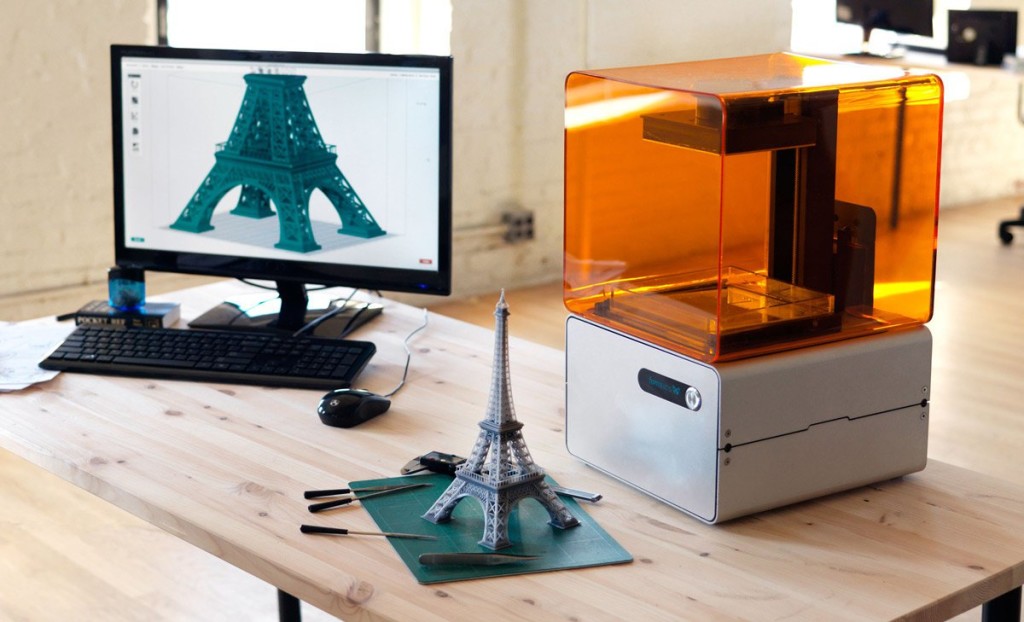 Within this timeframe, end-use parts are expected to become the largest revenue opportunity.
Within this timeframe, end-use parts are expected to become the largest revenue opportunity.
The ability to streamline and cut the cost of traditional composite manufacturing will be the key driving factor behind this growth.
“Composite manufacturing is currently very labour, resource and capital intensive, which means that it doesn’t really scale to large volumes. Additionally, there are long design cycles because of inadequate software and inefficient simulation.”
Wiener Mondesir, Co-Founder and Chief Technology Officer at Arevo
The number of companies looking to automate composite manufacturing with 3D printing is growing by leaps and bounds. Currently, Markforged is arguably the biggest player in terms of market presence but other companies like Arevo, Fortify, Impossible Objects and Thermwood are seeing notable growth as well.
Fortify, for example, recently closed a $10 million series A funding round, while technology company, Arevo, announced the successful application of its composite 3D printing technology to manufacture bike frames. Thermwood’s Large Scale Additive Manufacturing technology is also gaining traction in the production of composite tooling for aerospace applications.
Thermwood’s Large Scale Additive Manufacturing technology is also gaining traction in the production of composite tooling for aerospace applications.
Clearly, the potential for the composites 3D printing segment is huge. However, to continue to evolve, companies will need to work on further improving their technologies and expanding the scope of applications suitable for composite 3D printing.
Automation will be the next step in the evolution of additive manufacturing. Achieved through a combination of hardware and software, as well as robotics, sensors and networks, automation will ensure more streamlined processes as part of an end-to-end digital production cycle.
On the hardware side, companies are launching new, integrated production units, which incorporate robotics and smart factory concepts to automate various steps of the manufacturing workflow.
For example, Digital Metal, a manufacturer of binder jetting metal 3D printers, has paired its systems with robots, which handle manual work like removing build boxed and delivering them to a post-processing unit. Jabil is also using robots to automate part handling in secondary AM processes and computer vision to automate inspection processes.
On the software side, workflow automation is gaining traction, as companies realise that achieving serial production with 3D printing will be virtually impossible without an end-to-end management system in place.
Furthermore, the AM post-processing stage, which has typically been a manual process, is becoming more digitised.
“Post-processing automation will become one of the major things to watch out for. This is because the real step change will be in the ability to automate post-production.”
Neil van Es, Founder of Parts on Demand
Several companies, such as Additive Manufacturing Technologies and Post Process Technologies are now overcoming this bottleneck by providing post-processing solutions that speed up the process of support removal and surface finishing – through automated post-processing machines.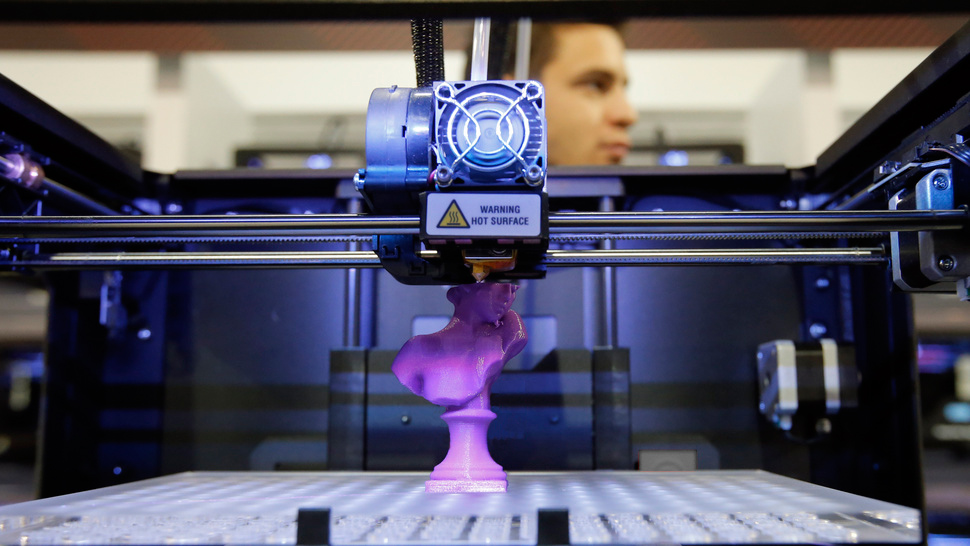
Ultimately, adding automation to a 3D printing equation will enable manufacturers to transform 3D printing to a continuous process that will work much better in a volume production setting.
“In the next couple of years we will see a lot more competitive chaos resulting from a fairly crowded field.”
Scott Dunham, Vice President of Research at SmarTech Analysis
With new players entering the industry, there is an increasing level of competition within the AM market. A growing number of startups, as well established companies outside of AM, are entering the 3D printing arena looking to capitalise on the industry’s growth.
AMFG’s Additive Manufacturing Industry Landscape 2019 has identified more than 80 3D printer manufacturers, the majority of which appeared in the last five to ten years.
There’s a huge potential for newcomers to leapfrog more established players.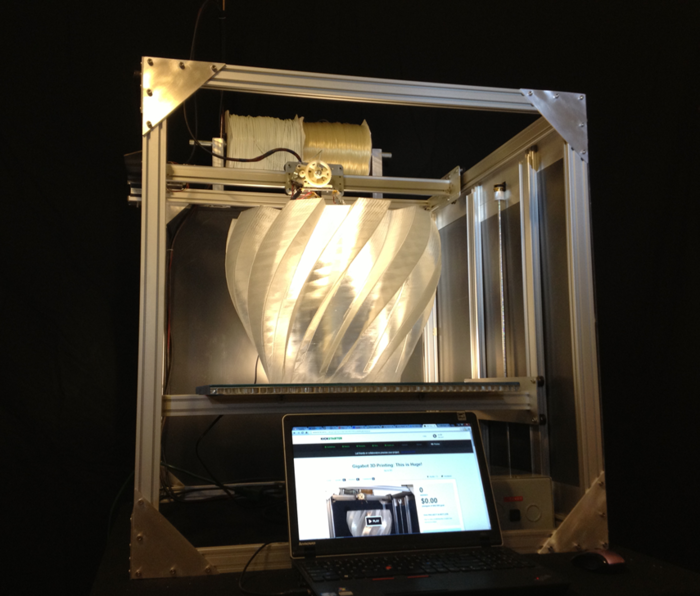
As Avi Reichental, Founder of advisory firm, XponentialWorks, points out, “[established companies] have a rather unfair disadvantage vis-a-vis new players because they have lots of legacy issues to deal with. Since they’re operating within certain technologies, they’re more likely to implement and introduce linear, incremental improvements. In contrast, a completely new company can solve a similar problem without any of the legacy technology and organisational issues.”
As competition heats up, the industry players will have to refocus and reinvent to survive. We’ve already seen some moves in this direction. For example, Ultimaker has rebranded recently to strengthen its brand as a professional, B2B 3D printing business. 3D Hubs, once a community-based 3D printing marketplace, has recently shifted its focus to the B2B industrial space.
“We live in a period in which you either innovate or evaporate. In other words, you either disrupt or you will be disrupted.
”
Avi Reichental
Clearly, the landscape is becoming more competitive than ever. That said, competition can be a positive sign, pointing to the growth of the industry. Competition can help to push the industry forward, as it forces companies to focus on innovation and development.
However, increasing competition also means that it’s a crucial time for companies to remain innovative to maintain their place in the market.
“I think the additive manufacturing industry will deliver on its promise.”
Simon Fried, Co-Founder of Nano Dimension
The trends discussed above reflect one key idea: 3D printing is reaching maturity. The advancements in the hardware, software, materials and applications suggest that 3D printing will eventually become yet another manufacturing technology.
Naturally, the adoption rate of 3D printing will increase over time, with some segments like dental almost entirely switching to 3D printing.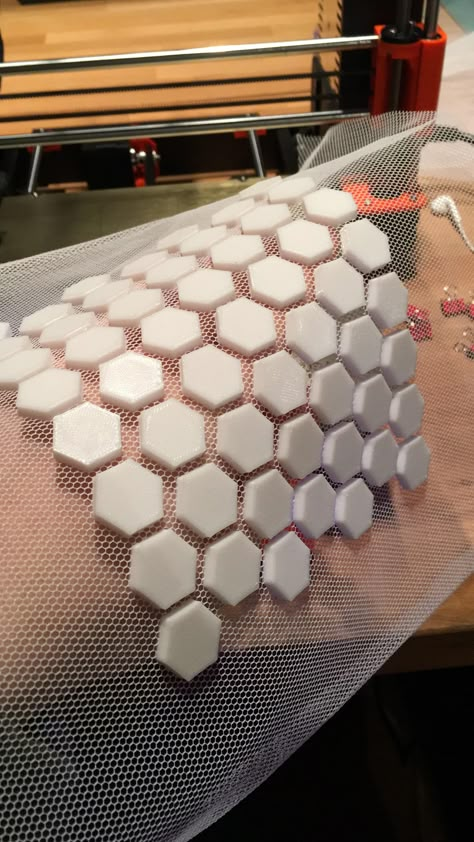 The growing awareness of 3D printing and its benefits will facilitate this growth.
The growing awareness of 3D printing and its benefits will facilitate this growth.
“I really do think you will see the impact of digital manufacturing as a solution for full-scale manufacturing.”
Philip DeSimone, Co-Founder and VP of Business Development at Carbon
In the meantime, the competitive 3D printing landscape will require companies to differentiate themselves from competitors by leveraging their unique expertise and developing a clear value proposition.
Considering the recent progress of the technology and these expert predictions, 3D printing is clearly headed for a bright future of digital, smart manufacturing.
More Expert Roundups:
10 of the Biggest Challenges in Scaling Additive Manufacturing for Production [Expert Roundup]
Expert Roundup: 20 Experts Share Their 3D Printing Predictions for 2020
Capabilities and limitations of 3D printing
Accelerate product development, reduce costs with a digital manufacturing platform.
Get an instant quote
Upload to production in 5 min.
3D printing is an actively developing technology, it has a number of fundamental differences from traditional production methods. Below, we will look at the most important advantages and limitations that you need to know in order to assess the potential application and development vector of 3D printing.
Benefits of 3D printing
+ Complex geometries at no additional cost
3D printing makes it easy to produce complex shapes, many of which cannot be made using traditional methods. The additive principle of technology allows complicating the geometry of the product without changing the cost of production.
Complex structured parts optimized for 3D printing cost the same as simpler parts designed for traditional production (and sometimes even cheaper because less material is used).
+ Low cost per piece
When casting a part, it is necessary to make a unique injection mold. In order to recoup these costs, it is necessary to produce a large circulation of products.
In order to recoup these costs, it is necessary to produce a large circulation of products.
3D printing does not require the manufacture of special tools or tooling, so start-up costs are significantly lower. The cost of a printed part depends only on the amount of material used, the time it took the machine to print it, and post-processing if needed.
+ Inexpensive Prototyping
Prototyping is one of the main applications of 3D printing today. Prototyping is becoming an inexpensive and fast stage in product development thanks to new technology.
Parts printed on a 3D printer are usually ready within a few hours, and on industrial equipment within 5-7 working days.
The speed of prototyping greatly speeds up the design cycle. Products that would require 5-6 months of development can now be ready in as little as 8-10 weeks.
+ Large selection of materials
The most common 3D printing materials used today are plastics. Metal 3D printing is finding an increasing number of industrial applications.
Metal 3D printing is finding an increasing number of industrial applications.
3D printed parts today can have high heat resistance, strength or stiffness, and even be biocompatible.
Composite materials used for 3D printing may contain metal, ceramic, wood, or carbon particles. Such materials allow the production of products with unique properties.
Limitations of 3D printing
- Lower strength and anisotropic properties of material
Printed parts most often have physical properties that are not uniformly distributed over the volume: since they are created in layers, the parts are more fragile by about 10-50% along one of the axes. Thus, plastic printed parts are most often used for non-functional applications (to avoid critical loads).
However, technologies such as DMLS allow the production of metal parts with superior mechanical properties. This made it possible to use the technology in areas such as the aerospace and medical industries.
- Not competitive price in mass production
3D printing cannot compete with traditional manufacturing processes when it comes to mass products. The absence of special equipment leads to the fact that the cost of starting production is not high, on the other hand, this leads to the fact that the price per unit of the product decreases slightly with large runs.
In most cases, the viability of 3D printing is lost when more than 100 units are produced, depending on the material, 3D printing process, and part design.
- Restrictions on precision and manufacturing tolerances
The accuracy of 3D printing depends on the type of printing and printer settings. Generally, parts printed on a desktop FDM 3D printer have the lowest precision and will print with a tolerance of +/- 0.5mm.
Other types of 3D printing offer higher precision. For example, Industrial Material Jetting and SLA printers are capable of producing parts with an accuracy of +/- 0. 01mm.
01mm.
Metal products printed using DMLS or SLA technology are usually CNC-machined to improve tolerances and surface quality.
- Post-processing and removal support for
Printed parts are rarely ready for use immediately after printing, usually additional post-processing is required.
Building support is required in most 3D printing processes. Support is a non-functional, auxiliary part of the product that is printed along with the part. During post-processing, the support is completely removed, but traces may remain where the support material was attached to the part. Such areas require additional operations to achieve a high surface quality (grinding, polishing, painting).
More 3D Printing Related Articles:
3D Printing Technology
3D Printing or CNC Machining
How to Reduce the Cost of 3D Printing
SLS Guide
What a 3D Printer Can Do
9002D Printing Features 30010 Unfortunately, the current level of awareness in 3D technologies leaves much to be desired.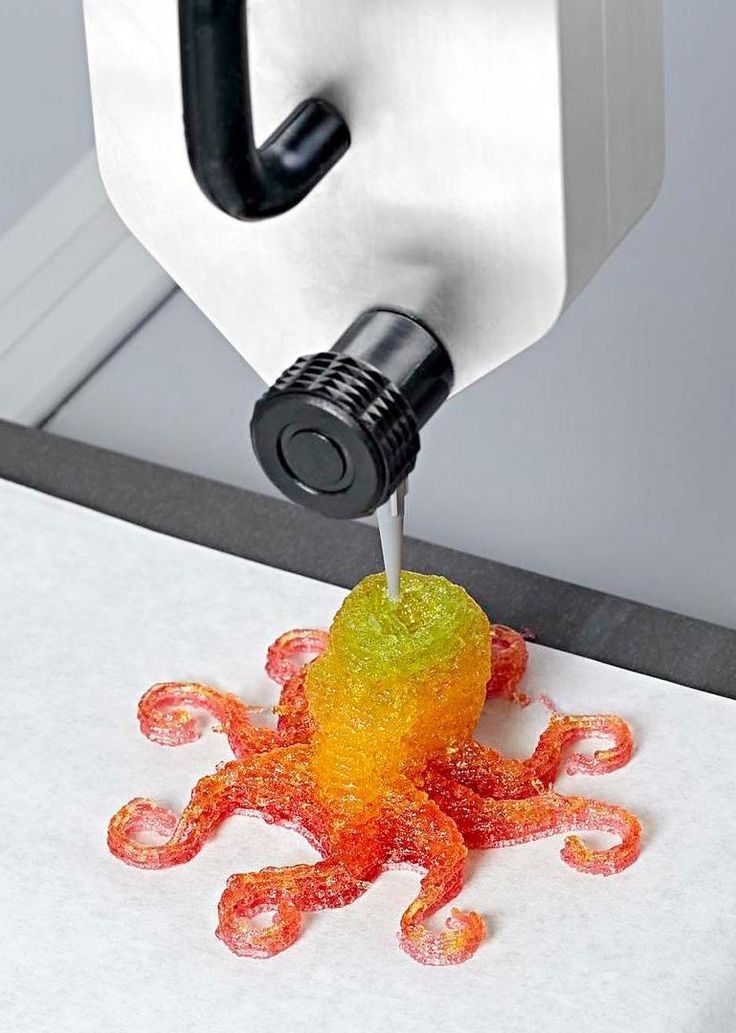 It happens that even with a basic knowledge of 3D printers, the actual application of 3D printing remains incomprehensible to a number of users. To avoid such situations, we have prepared this article and will consider in detail all the possibilities of 3D printing.
It happens that even with a basic knowledge of 3D printers, the actual application of 3D printing remains incomprehensible to a number of users. To avoid such situations, we have prepared this article and will consider in detail all the possibilities of 3D printing. Application of 3D printing
When it comes to the application of 3D printing, it is worth considering not only the existing possibilities, but also the prospects. Already today, the application of 3D printing technology is extremely extensive and does not stop expanding. Of course, in the future we expect a large-scale distribution of additive techniques, but the practical application of 3D printing is available to everyone today. We will not delve into narrowly specific aspects of technology, such as 3D food printing, or bioprinting. Instead, let's talk about how 3D printing technology can be used by ordinary users with desktop 3D printers.
1. Prototyping
The best way to use 3D printing is for its intended purpose.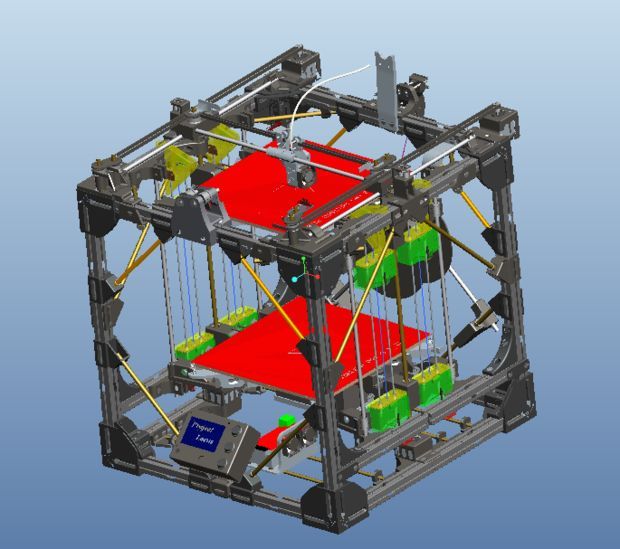 Rapid prototyping is not only the second name of the technique, but also the original goal of its development. Creating prototypes using 3D printing significantly reduces production time and costs. And thanks to the possibilities of 3D modeling, the range of designed parts is practically unlimited. Prototyping allows you to visually assess the possible shortcomings of the product at the design stage and make significant changes to the design of the part even before its final approval.
Rapid prototyping is not only the second name of the technique, but also the original goal of its development. Creating prototypes using 3D printing significantly reduces production time and costs. And thanks to the possibilities of 3D modeling, the range of designed parts is practically unlimited. Prototyping allows you to visually assess the possible shortcomings of the product at the design stage and make significant changes to the design of the part even before its final approval.
2. Small-scale production
For small-scale production, 3D printing is a godsend. The properties of many materials allow the production of finished components at minimal cost. Compared to traditional production methods, small-scale production using 3D printing is very profitable from a financial point of view. The manufacture of molds, for example, is a lengthy and costly process. At the same time, injection molding itself takes a lot of time. On a 3D printer, you can print a batch of the necessary products in a matter of hours.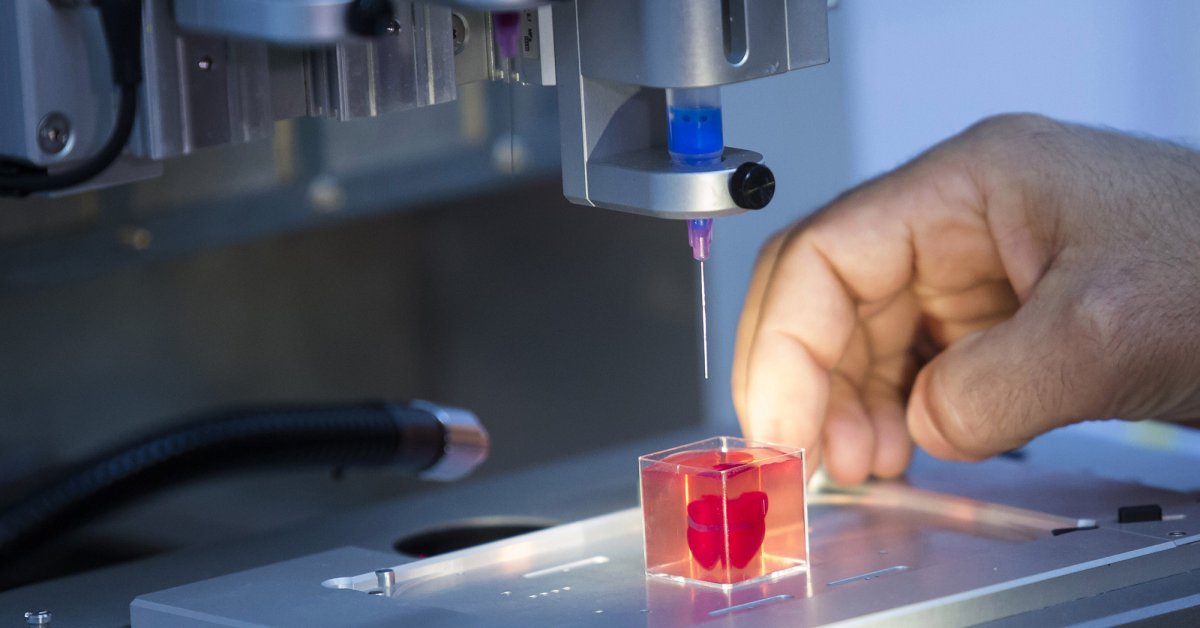 This application of 3D printing is extremely relevant for frequent orders for small batches of parts.
This application of 3D printing is extremely relevant for frequent orders for small batches of parts.
3. Repair and restoration
Another application of 3D printing is the repair and restoration of damaged parts. For these purposes, 3D printing is ideal. You can carry out such a procedure both independently, with the appropriate skills and equipment, and in specialized 3D printing services, such as 3DDevice. First, a correct 3D model is built on the basis of the damaged product. 3D scanning can also be used to simplify design. Next, the finished model is sent to print and reproduced on a 3D printer in the required number of copies. Repair and restoration of damaged parts using 3D printing is fast, and the presence of a digital model of the component allows you to reprint it at any time.
4. Production of functional models and finished components
One of the industrial applications of 3D printing is the production of functional models and finished components.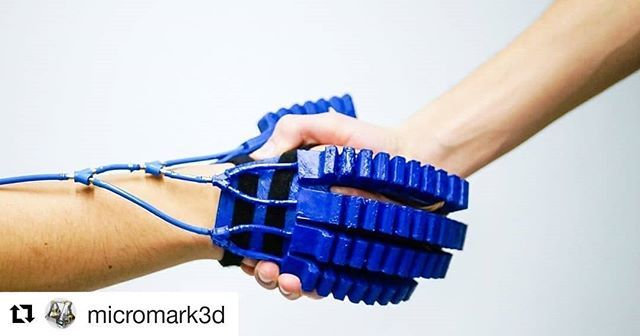 Making products on a 3D printer from a transparent material allows you to see the work of a functional part “from the inside”, which is very useful when developing various engineering samples. In addition, a wide range of different materials for 3D printing turns it into a full-fledged production tool. Industrial 3D printers are gradually becoming a part of every industry, allowing the production of durable metal components.
Making products on a 3D printer from a transparent material allows you to see the work of a functional part “from the inside”, which is very useful when developing various engineering samples. In addition, a wide range of different materials for 3D printing turns it into a full-fledged production tool. Industrial 3D printers are gradually becoming a part of every industry, allowing the production of durable metal components.
Other questions and answers about 3D printers and 3D printing:
- Opportunities What is the future of 3D printing?
- Finance How to choose the right 3D printer?
5. Household items
Need an office organizer? Or a knife holder? Any household items can be printed on a 3D printer. The advantage of this application of 3D printing is that there are no restrictions when developing 3D models. That is, if you want to show imagination and create something original - all the cards are in your hands. Thanks to 3D printing, your home can be decorated and made more functional easily and inexpensively.
6. Toys and souvenirs
Having a 3D printer makes it very easy to make a child happy – just make cute 3D toys. There are already some pretty interesting projects of collective 3D printed games, and in the future this list will only expand. This application of 3D printing will please not only children, but also enthusiastic collectors, because on a 3D printer you can print figures of any characters and attributes of computer games and films. And color 3D printing will make it possible to produce exclusive full-color souvenirs - miniature figurines of real people. To do this, a digital model of a person is formed on the basis of 3D scanning data. In this case, all textures and color data are preserved. Everyone will definitely like such a gift, because getting a tiny copy of yourself is so unusual.
7. Design products
For creative people, there is another use for 3D printing. 3D technology in general is a unique opportunity to show your talent in the most unusual way. Artists, sculptors, fashion designers and designers from all over the world use 3D printing to create exclusive pieces of art that would be impossible to produce with standard methods. Such designer pieces impress with their beauty and originality, often fusing digital and traditional art. In addition, 3D printing techniques for clothing and footwear are being actively developed. Some models have even gone on sale, but it's too early to talk about mass production.
Artists, sculptors, fashion designers and designers from all over the world use 3D printing to create exclusive pieces of art that would be impossible to produce with standard methods. Such designer pieces impress with their beauty and originality, often fusing digital and traditional art. In addition, 3D printing techniques for clothing and footwear are being actively developed. Some models have even gone on sale, but it's too early to talk about mass production.
8. Capabilities of a 3D printer
We have listed the main capabilities of a 3D printer, but they do not end there. 3D printing finds application in a wide variety of industries. With its help, electronics, various components, food and even living tissues are printed. Of course, this list will be replenished in the future, but already now it impresses with its scale. We hope that we were able to provide information about the existing application of 3D printing in an accessible way. If you have additional questions that we have not covered, write to us by e-mail and we, if necessary, will add your questions! Best regards, 3DDevice team.